︎Design for Social Impact
I specialize in creating user-centered products, services, and experiences for organizations tackling complex social challenges.
Working across sustainability, sanitation & hygiene, healthcare, & social entrepreneurship, my approach blends product and material expertise with user research. Drawing inspiration from diverse design disciplines and cultural contexts, I create solutions that resonate with people and drive meaningful impact.
︎
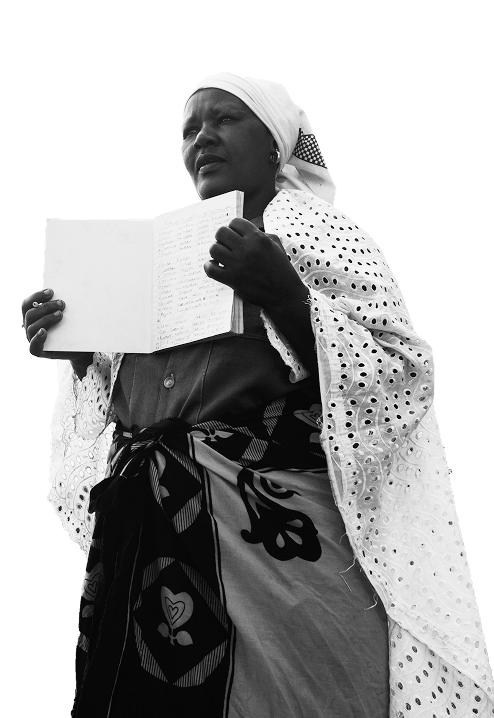
Immunization Accelerator
Program Across East Africa
This project leveraged human-centered design to empower grassroots organizations across Kenya, Tanzania, Somalia, and Uganda in developing innovative immunization solutions. Through sustained piloting, testing, and mentorship, we guided these organizations toward user-ready solutions that could influence broader health ecosystems and create lasting community impact.
PROJECT IMMUNIZATION ACCELERATOR PROGRAM
SECTOR PUBLIC HEALTH
ORGANISATION OPENIDEO
ROLE HUMAN CENTERED DESIGN | WORKSHOP FACILITATION
| VISUAL STORYTELLING | SUPPORT & MENTORING ORGANISATION
SECTOR PUBLIC HEALTH
ORGANISATION OPENIDEO
ROLE HUMAN CENTERED DESIGN | WORKSHOP FACILITATION
| VISUAL STORYTELLING | SUPPORT & MENTORING ORGANISATION
LOCATION KENYA, TANZANIA, SOMALIA & UGANDA
PROJECT DURATION 6 MONTHS
TEAM SIZE 4
CONTENT COURTESY OPENIDEO
PROJECT DURATION 6 MONTHS
TEAM SIZE 4
CONTENT COURTESY OPENIDEO
HUMAN CENTERED DESIGN | USER JOURNEYS | ECOSYTEM MAP | QUALITATIVE INTERVIEWS | SYNTHESIS WITH TEAM | EVALUATION MATRIX | SYSTEMS MAP | DESIGNING OF COMMUNICATION ASSETS

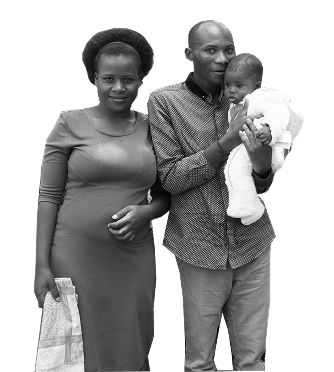
Field research across 4 remote communities
revealed the intricate relationships
between culture, customs, and health service delivery.

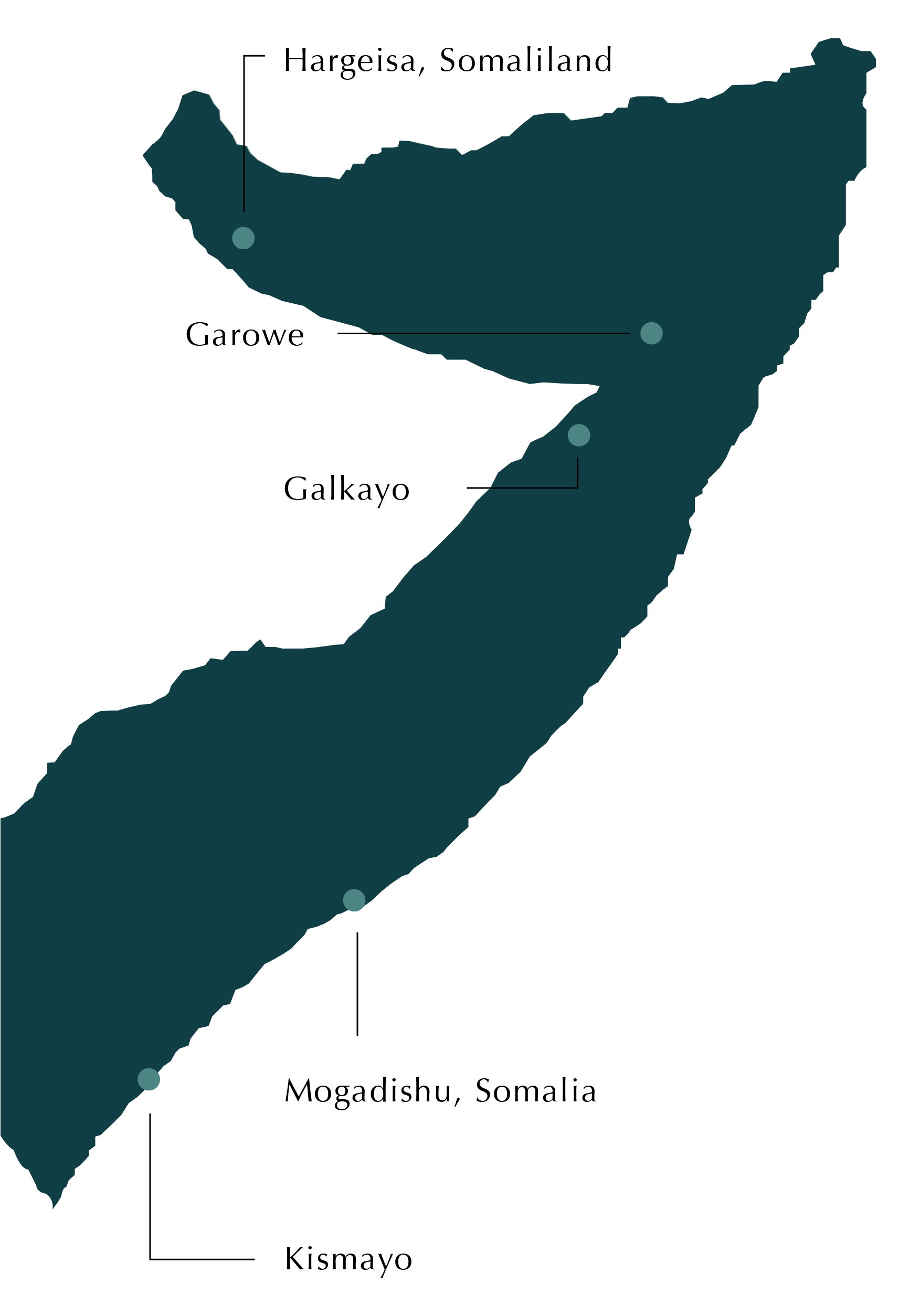


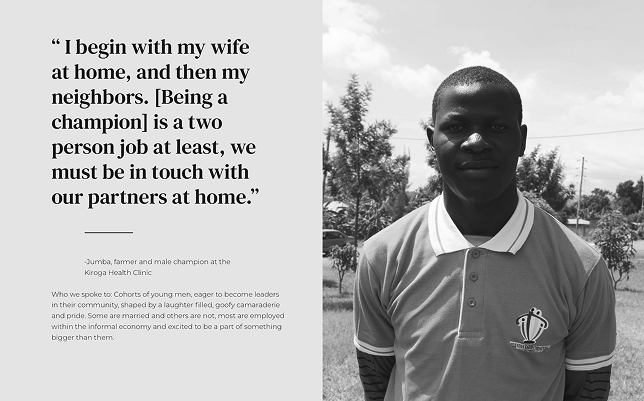
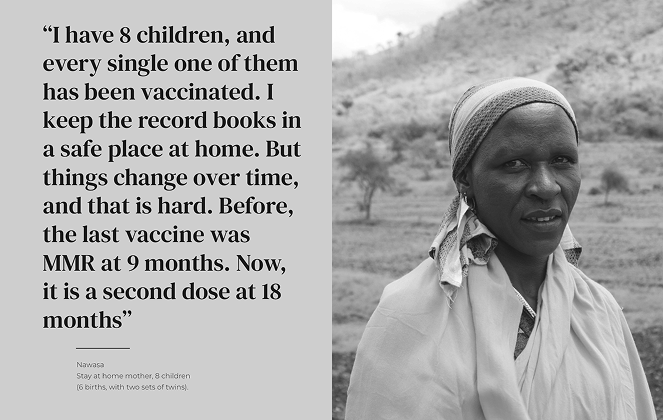

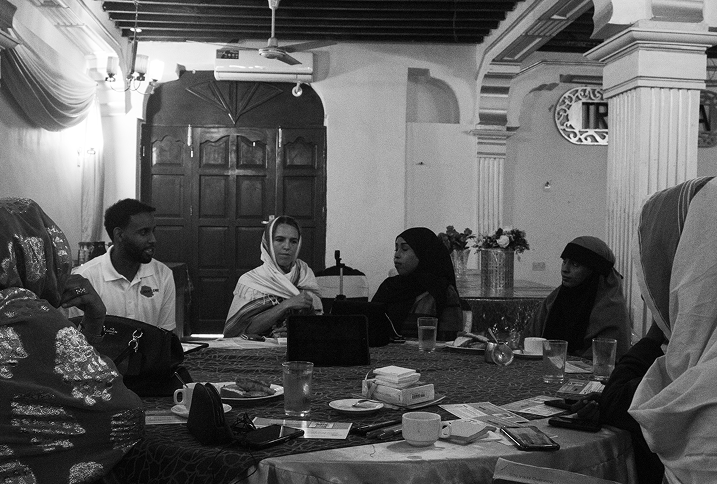

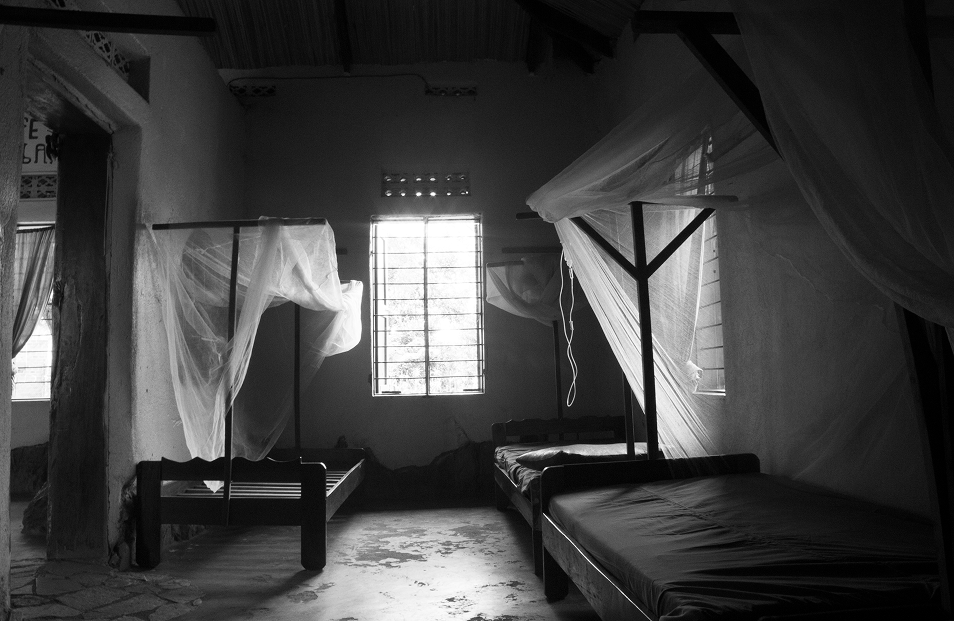
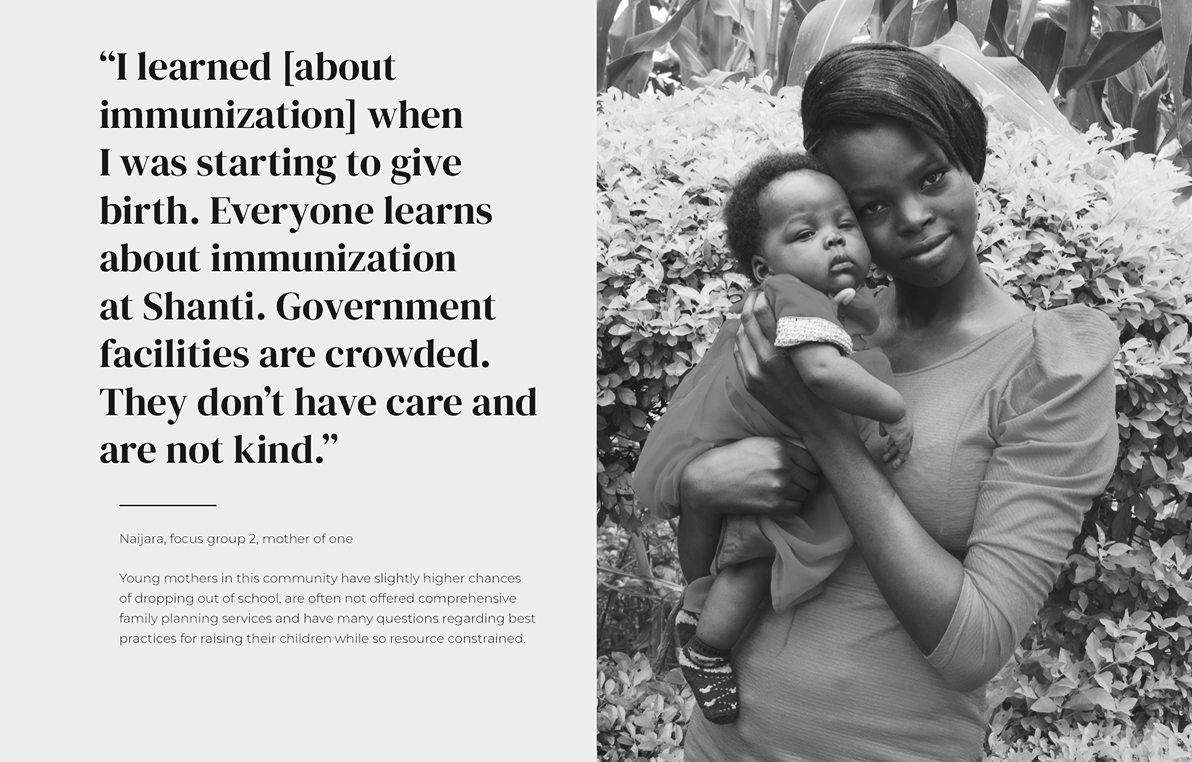
01
02
03
Stories from the field
Hearing personal stories from different stakeholders and key voices in the community allowed us to develop a more nuanced perspective of the complexity of the health service ecosystem.02
Collecting Insights
Working directly with local organizations provided deep contextual knowledge essential for designing interventions that would resonate within existing community structures rather than disrupting them.03
Resource Allocation
We identified intervention opportunities and began outlining what kind of support would be most effective.I engaged more deeply with a
Maasai community living in Moita Kiloriti,
Northern Tanzania, supporting a grassroots
organisation working with the community.


04
Leveraging human centered design to create solutions that aligned with community needs, we recognized that sustainable solutions must emerge from genuine understanding of user experiences and constraints.
05
We gathered personal accounts from mothers, caregivers, husbands, and traditional birth attendants who played crucial roles in the immunization journey. These narratives became primary data, revealing structural barriers and community strengths that surveys typically miss—the nuanced realities behind health decisions and service delivery gaps.
Through extensive fieldwork and stakeholder
engagement, the research process involved
systematic consultation with multiple community actors......

caregivers navigating healthcare decisions,
healthcare providers operating within resource limitations,
traditional birth attendants keeping their traditions alive,
and community leaders influencing local health practices.
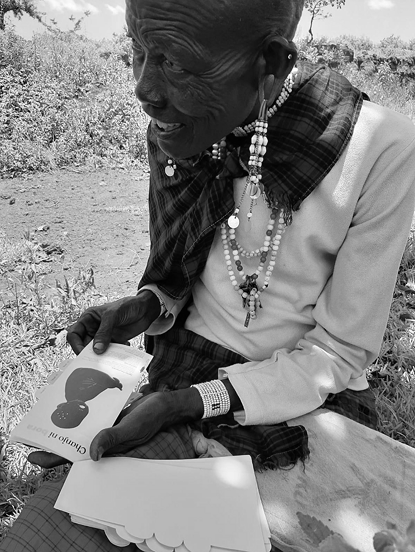
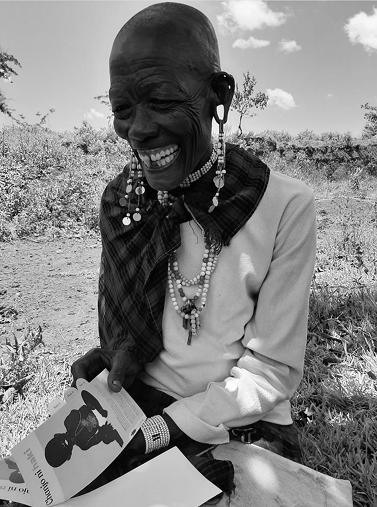


06
Co-creation
Through iterative development and community feedback loops, we co-created user-friendly immunization calendars containing vital information, appointment tracking, and adherence nudges. Additionally, we developed baby carriers and bags as motivational incentives to ease clinic transportation while enhancing caregiver standing in the community. The resulting interventions were both evidence-based and community-owned, contributing to improved immunization service delivery.︎
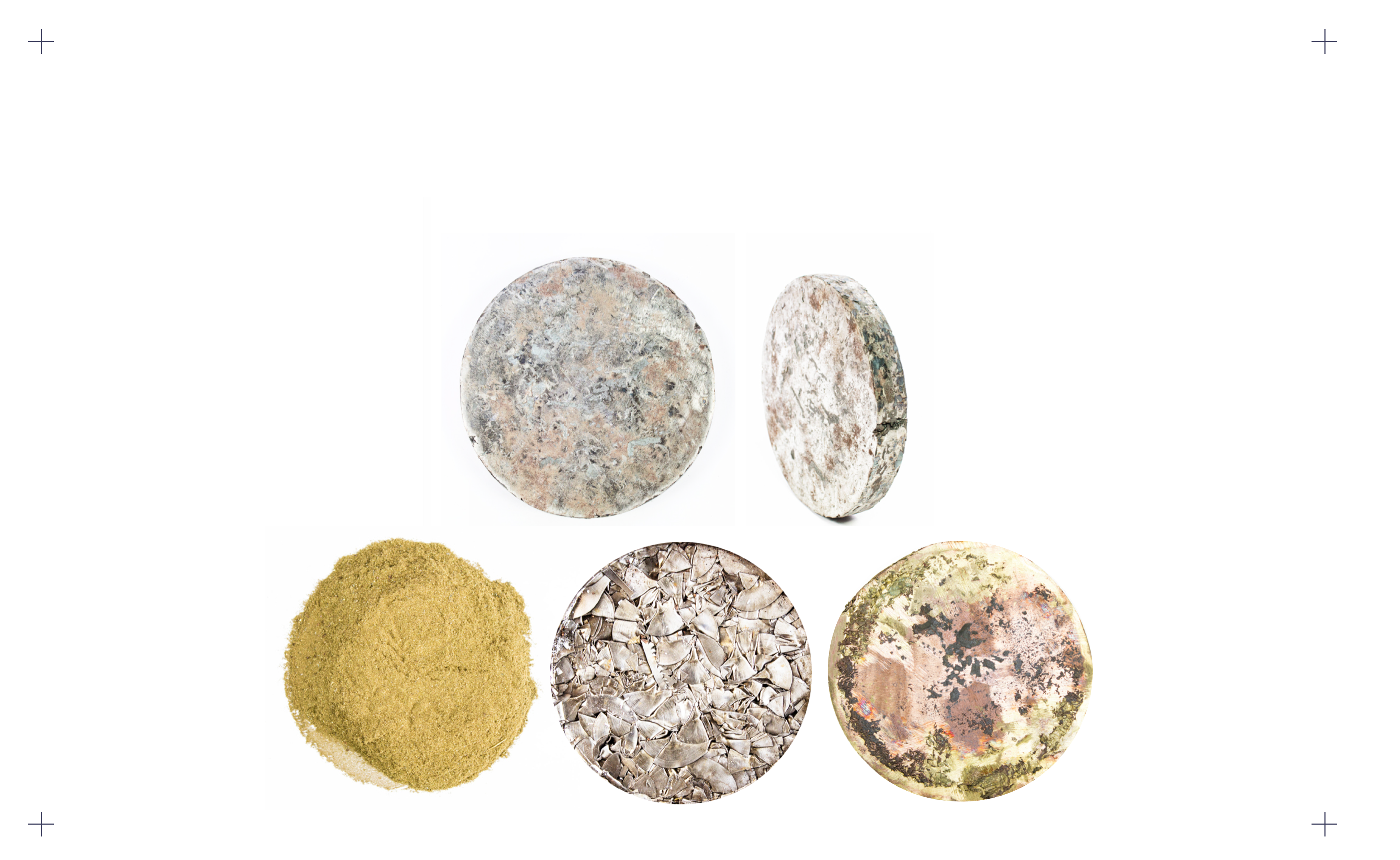
The Value Of Industrial
WasteMaterials
The Punah Project focused on building awareness around the importance of industrial waste materials and their value as a resource. At Godrej and Boyce, one of India’s largest manufacturing companies, 18,505 tonnes of industrial waste materials are generated during the manufacturing process every year.
PROJECT EXPLORING THE VALUE OF INDUSTRIAL WASTE MATERIALS
SECTOR MATERIAL RESEARCH & SUSTAINABILITY
ORGANISATIONGODREJ INNOVATION CENTER
LOCATION MUMBAI, INDIA
ROLE MATERIAL RESEARCH & COMMUNICATION
WORKSHOP DURATION 1 YEAR 2 MONTHS
KEY METHODOLOGIES & TOOLS
MATERIAL RESEARCH | DOCUMENTATION OF WASTE STREAM | COMMUNICATION DESIGN | WORKSHOP FACILITATION
SECTOR MATERIAL RESEARCH & SUSTAINABILITY
ORGANISATIONGODREJ INNOVATION CENTER
LOCATION MUMBAI, INDIA
ROLE MATERIAL RESEARCH & COMMUNICATION
WORKSHOP DURATION 1 YEAR 2 MONTHS
KEY METHODOLOGIES & TOOLS
MATERIAL RESEARCH | DOCUMENTATION OF WASTE STREAM | COMMUNICATION DESIGN | WORKSHOP FACILITATION
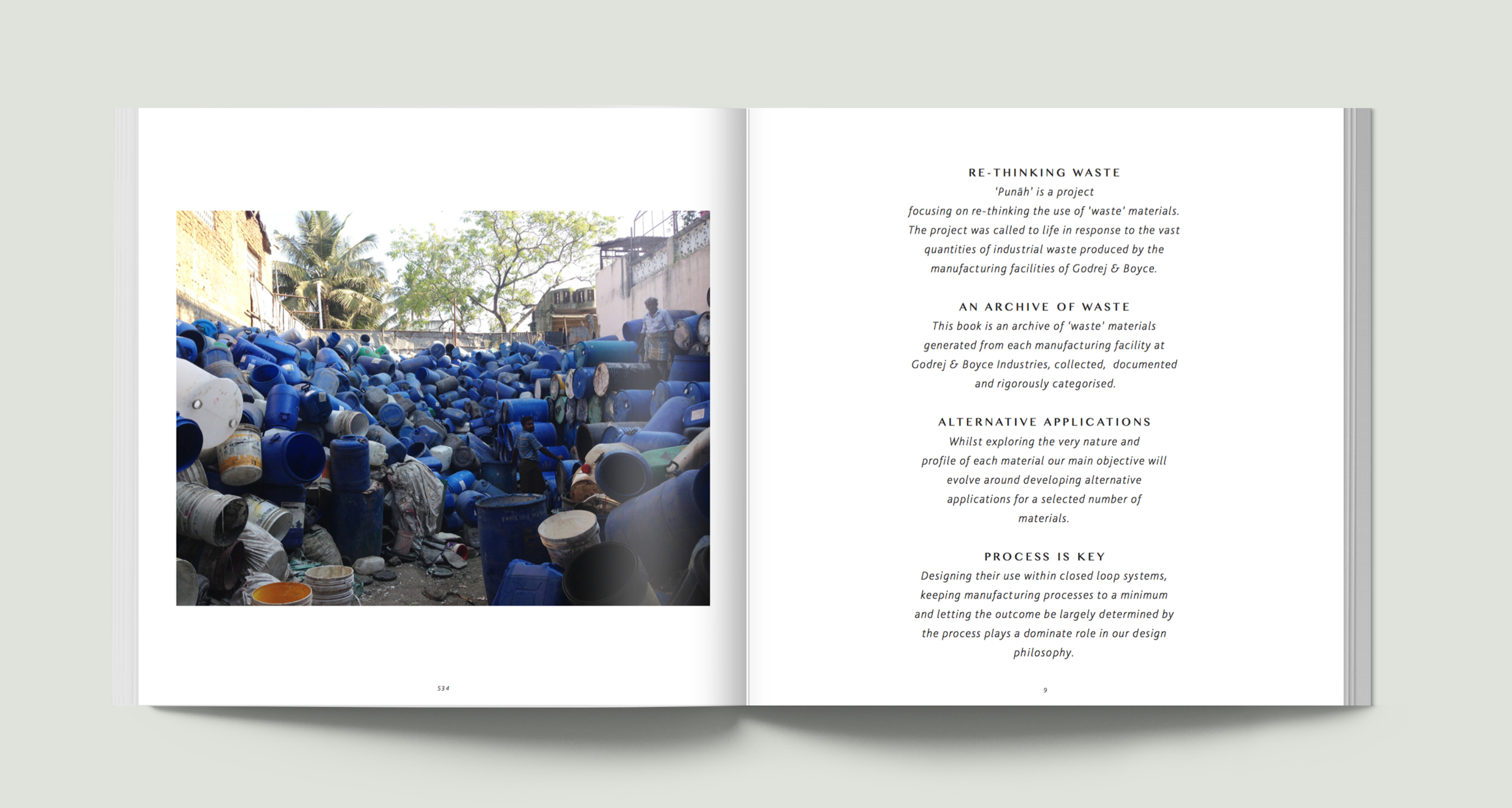
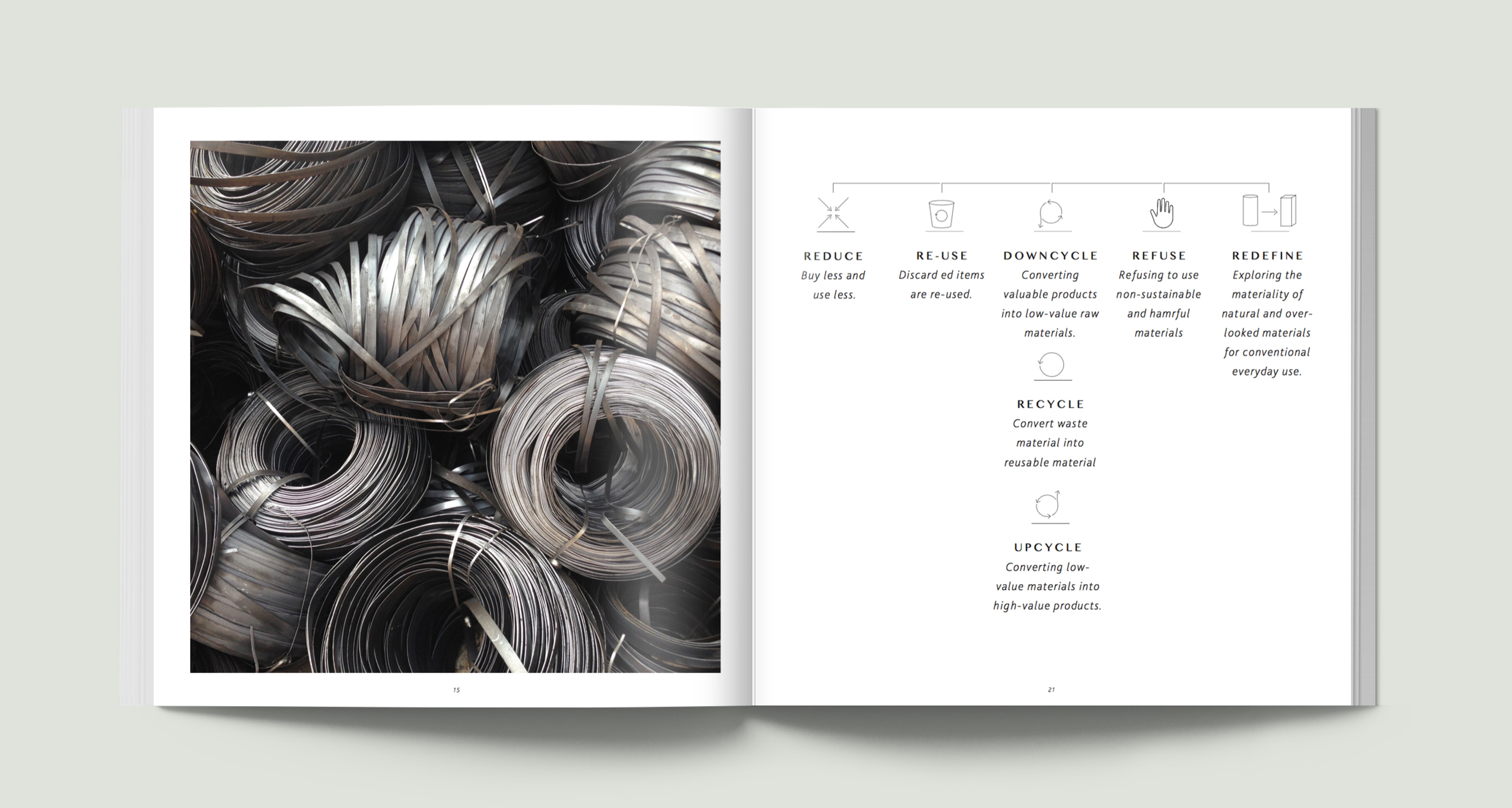
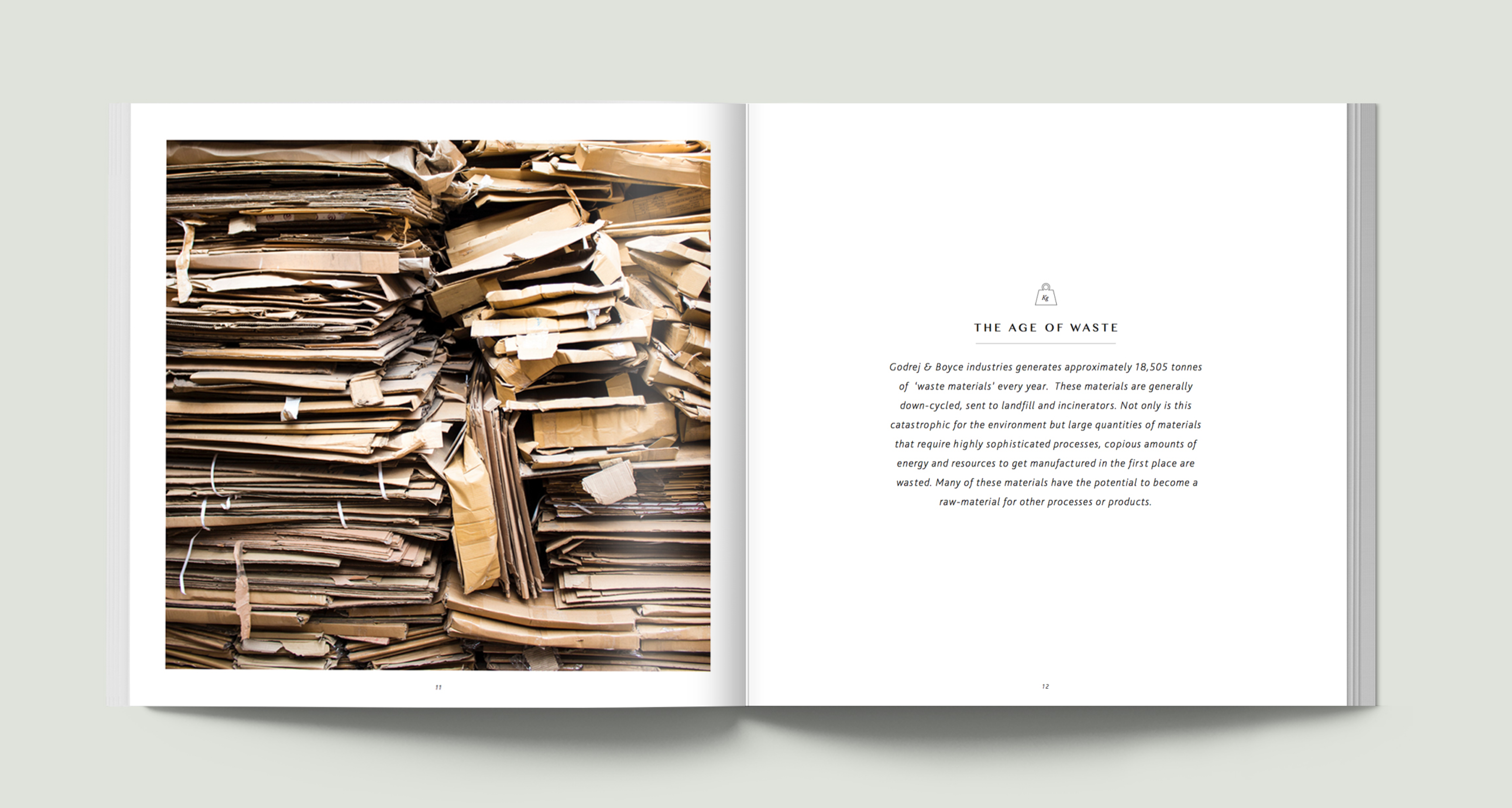

︎The problem...
...large quantities of materials that are resource, production and energy intensive to be manufactured in the first place, are down-cycled, sent to incineration or landfill.
︎Our Objective...
...centered around building a rigorously categorised repository of waste to ensure access to waste materials and creating a blueprint of ways in which to recycle materials and create closed-loop systems.
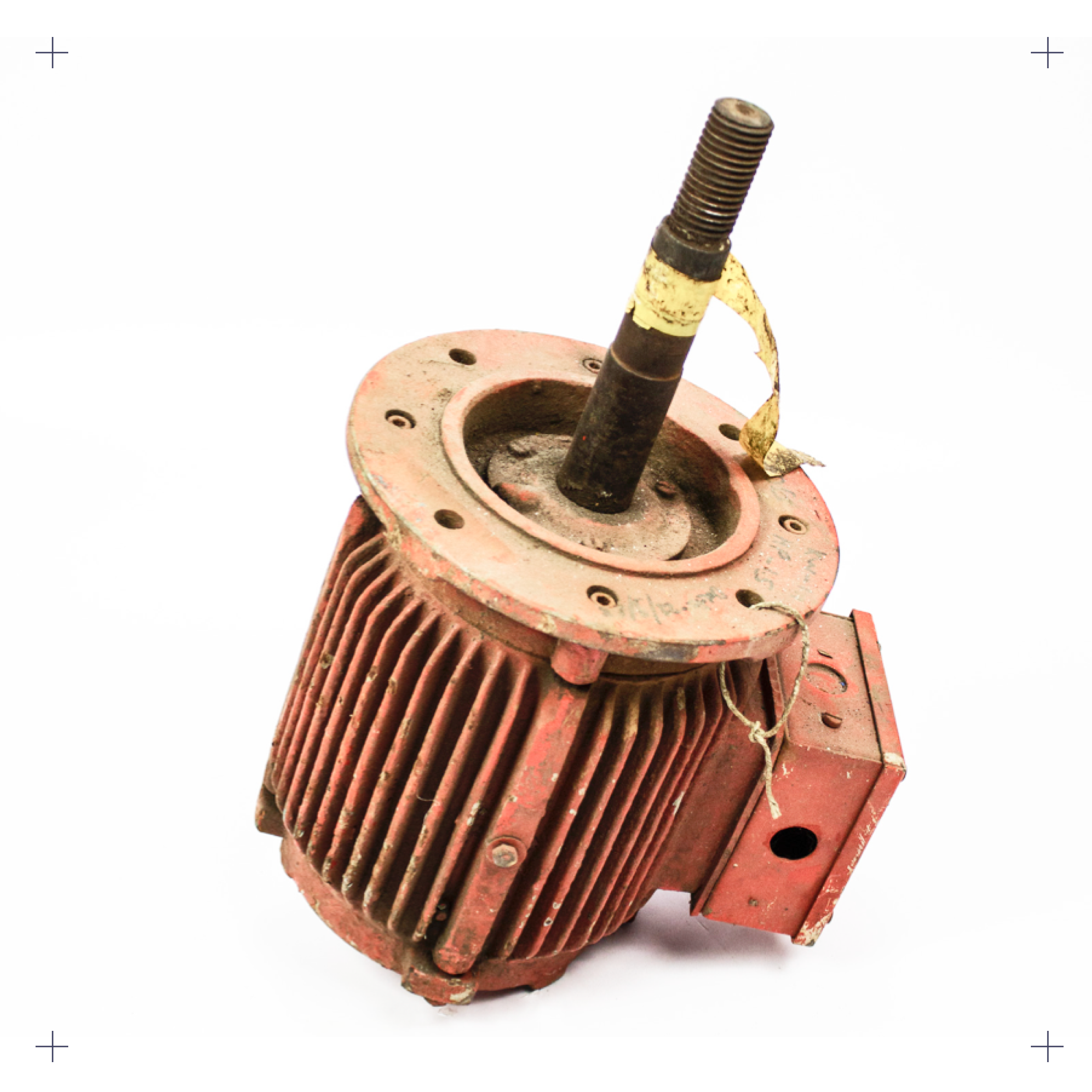

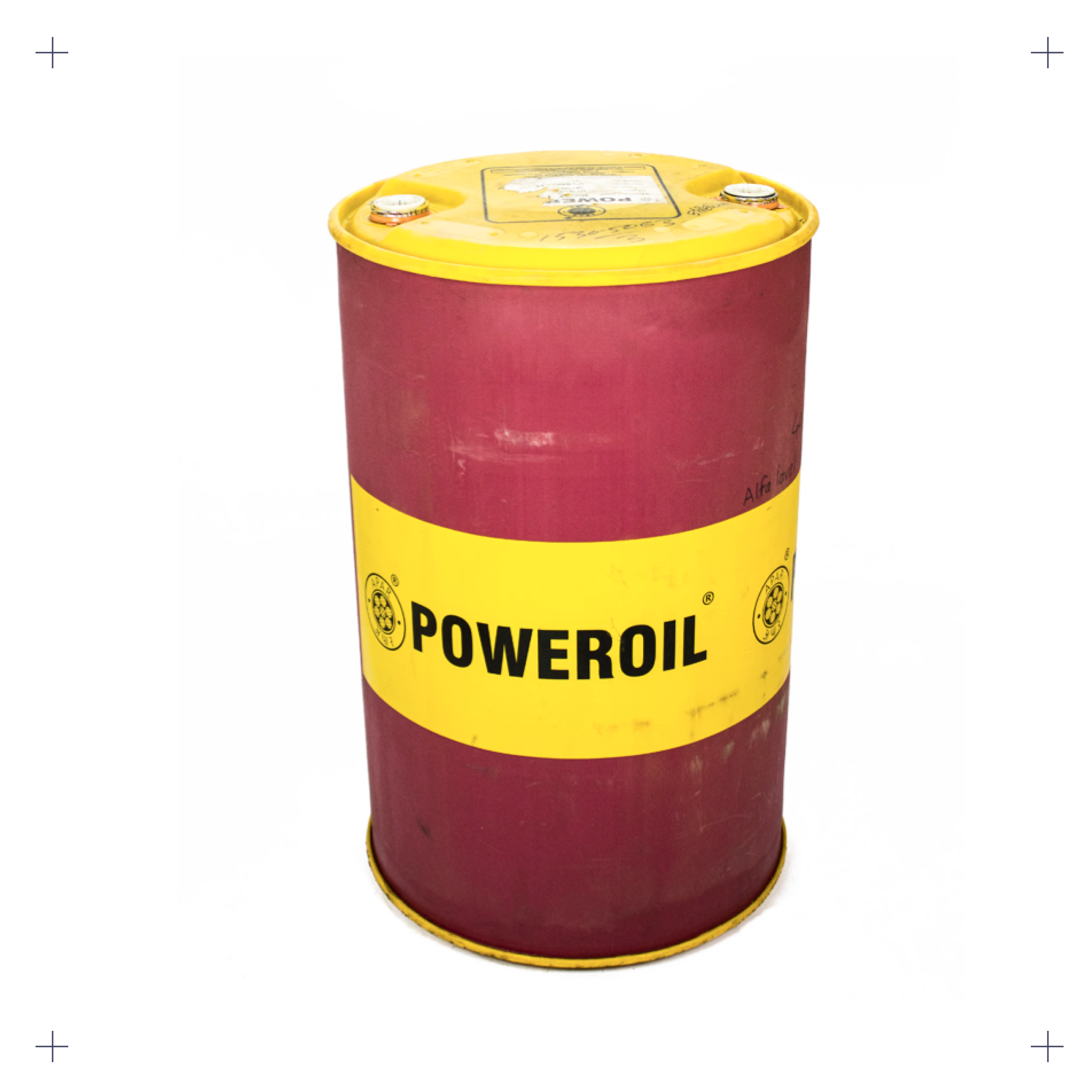
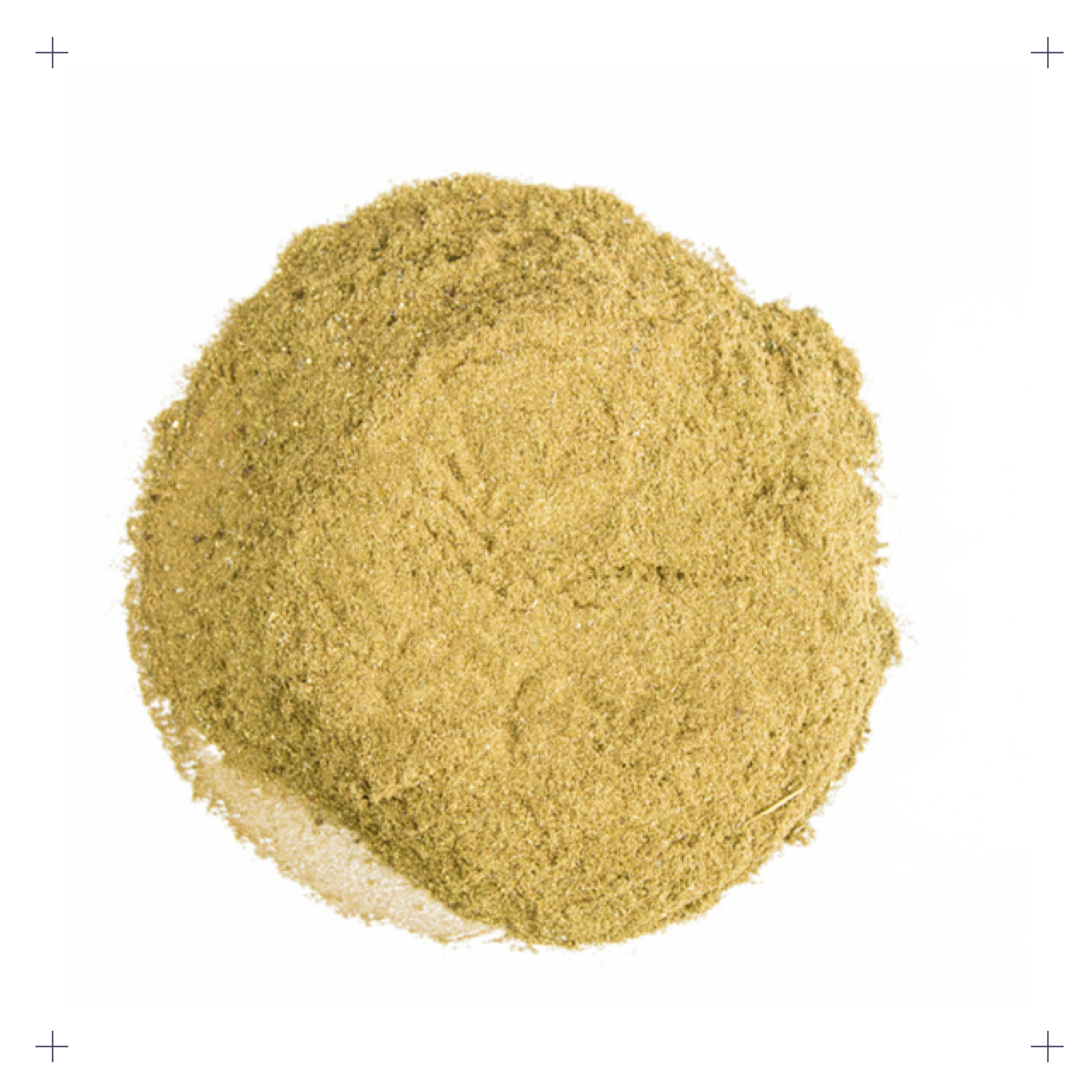
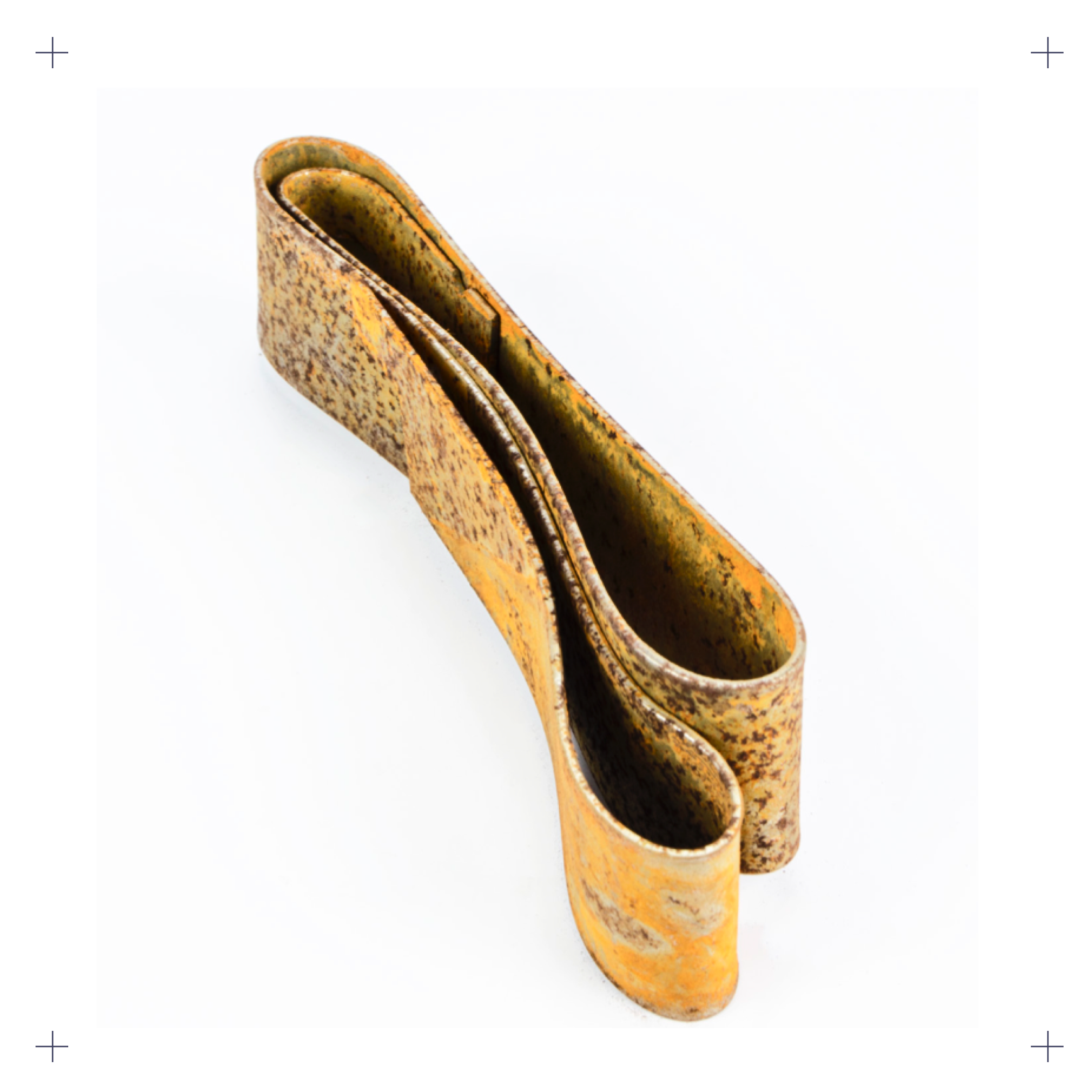
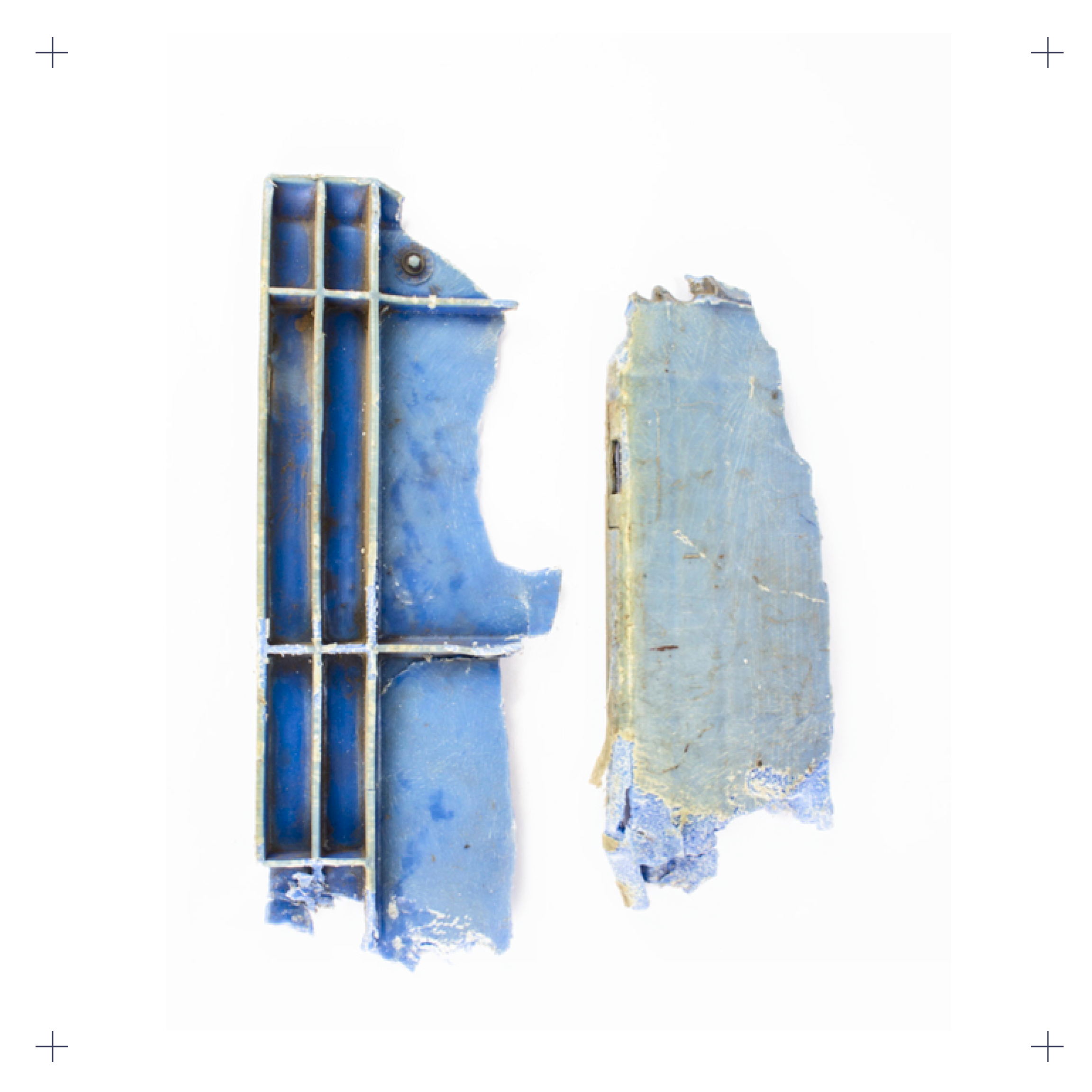

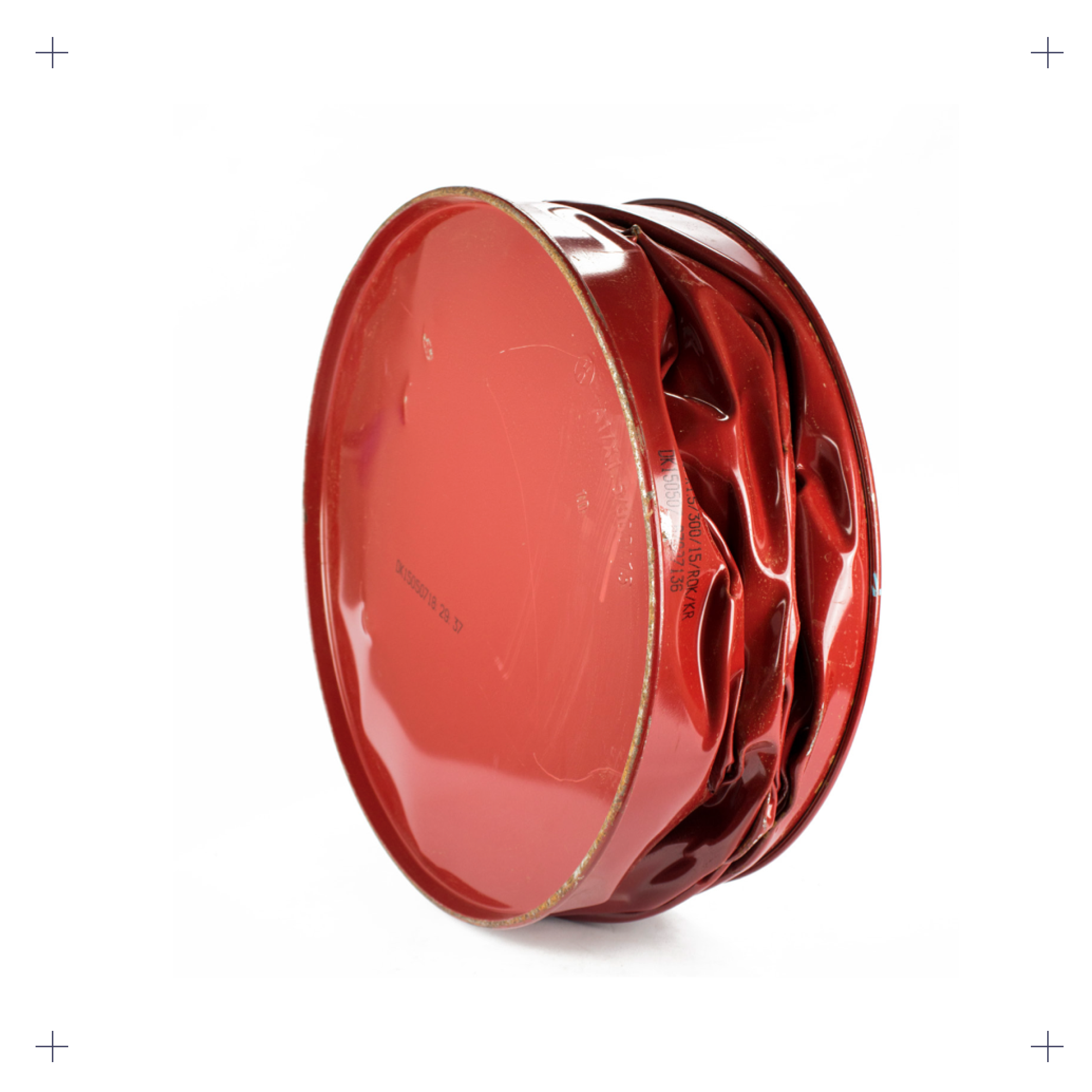
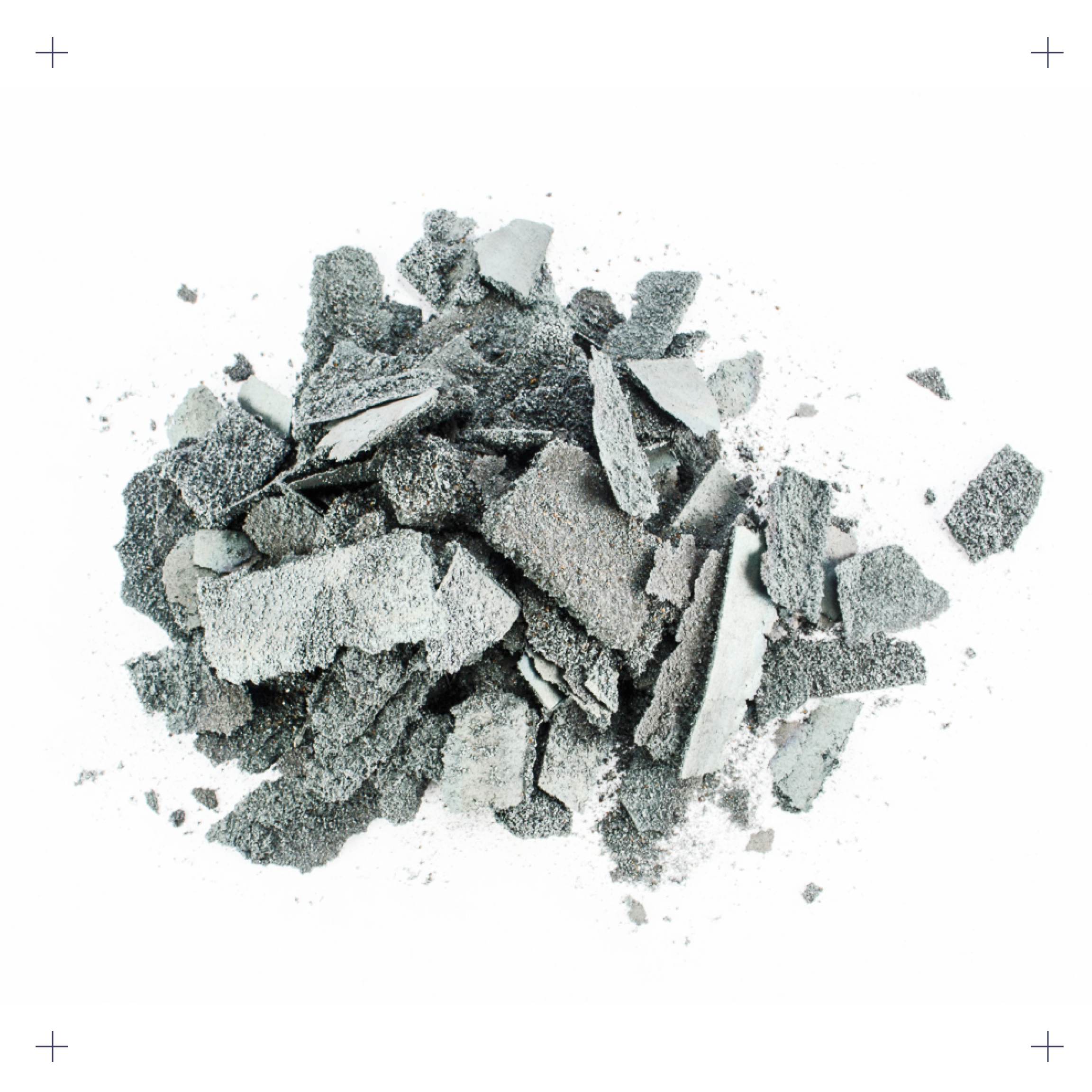
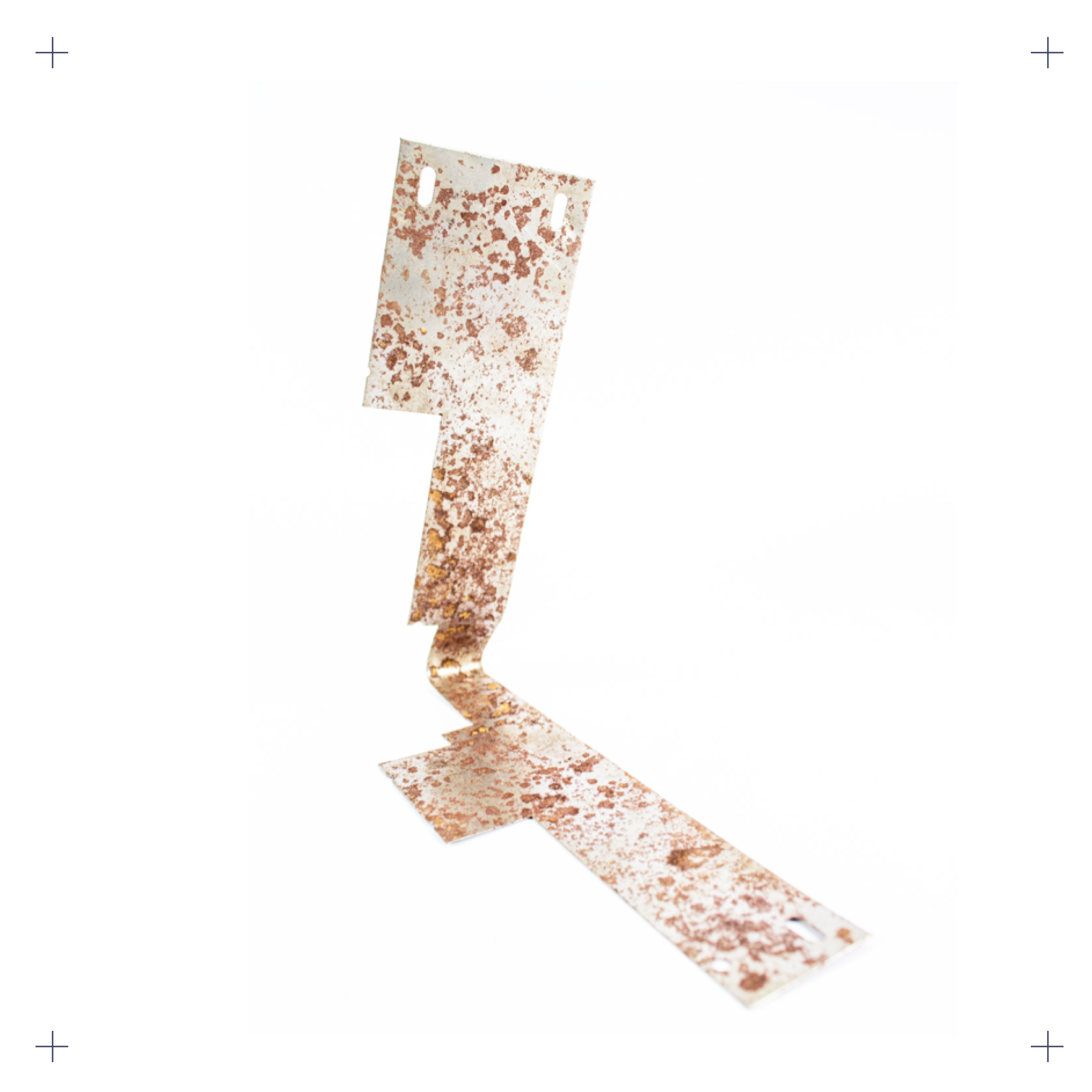
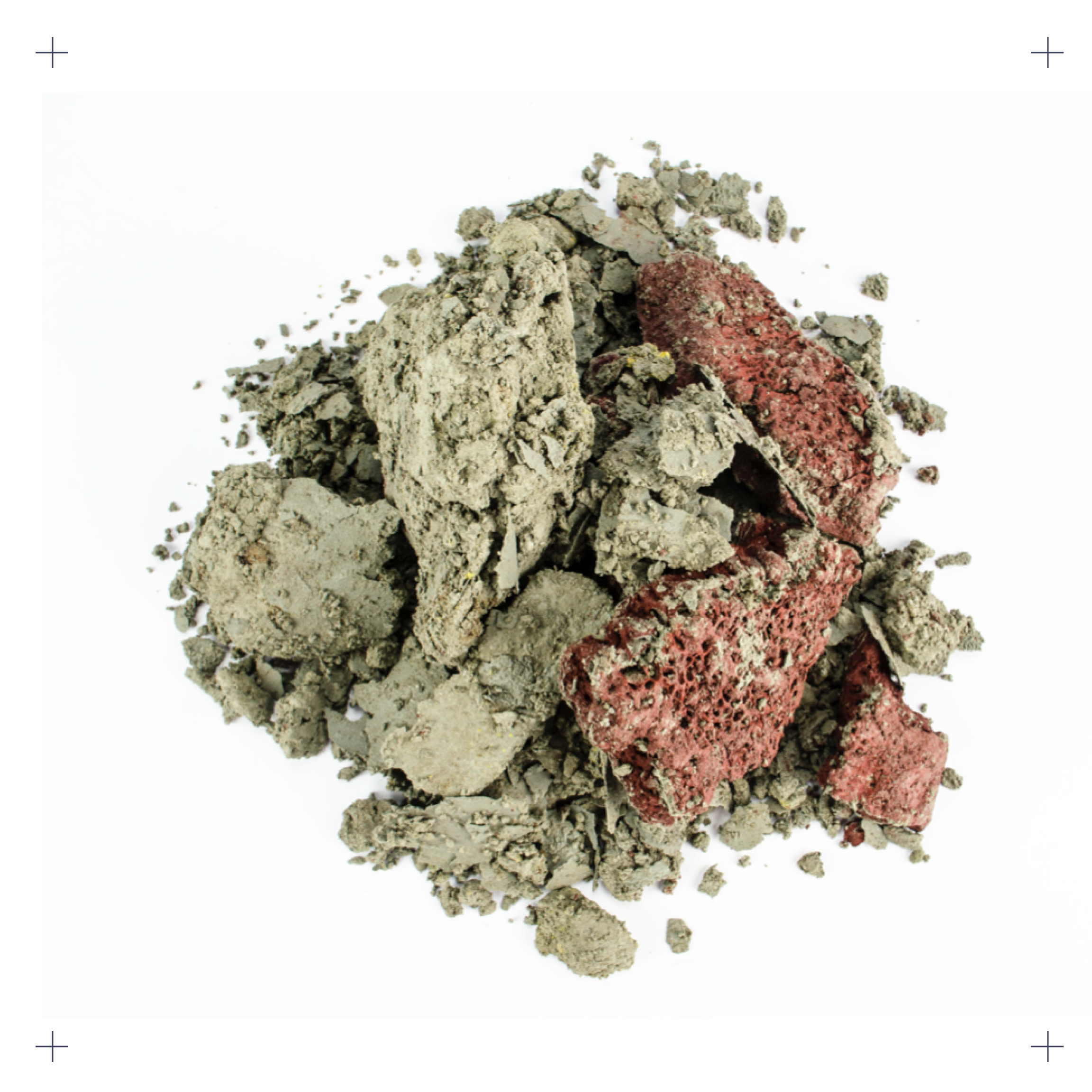
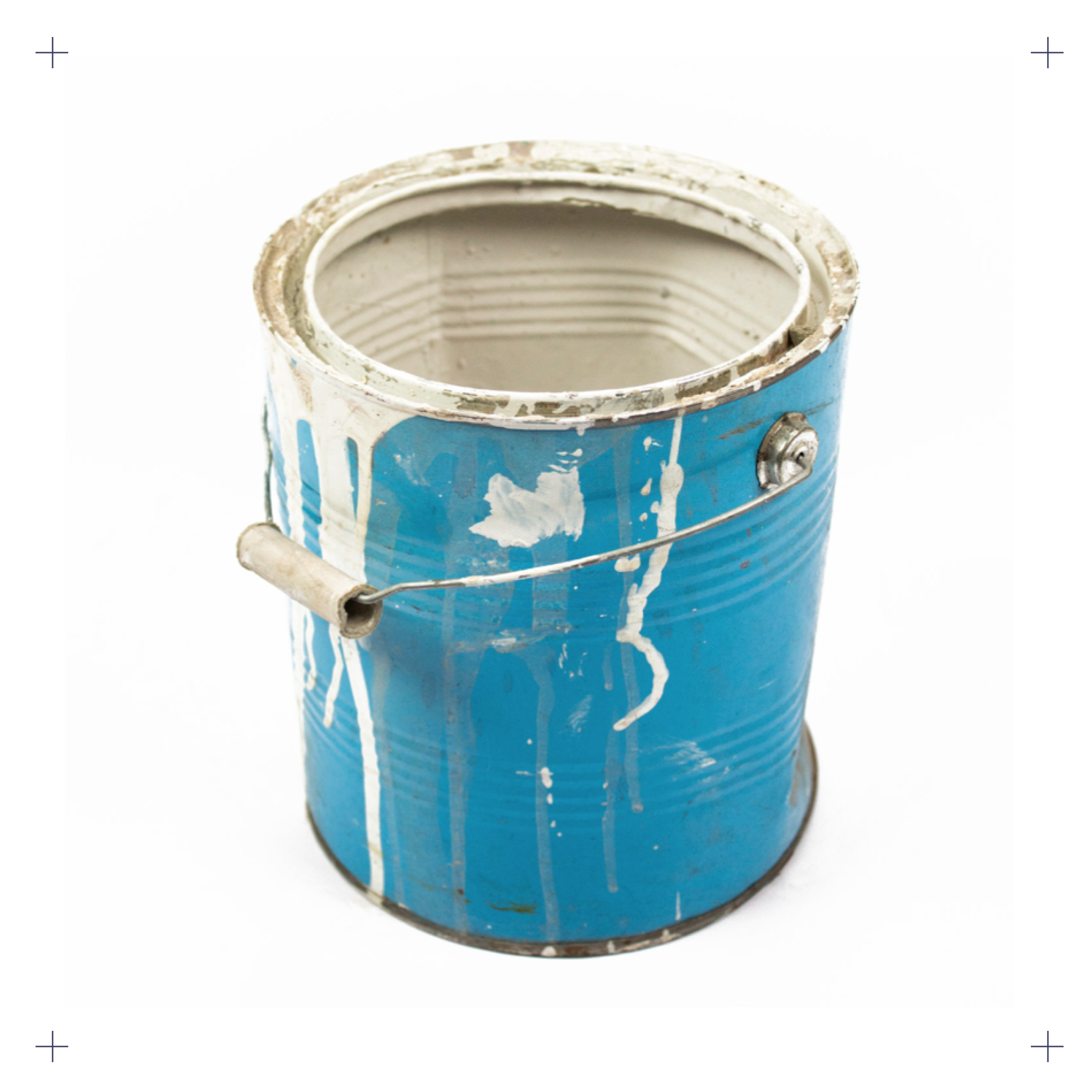
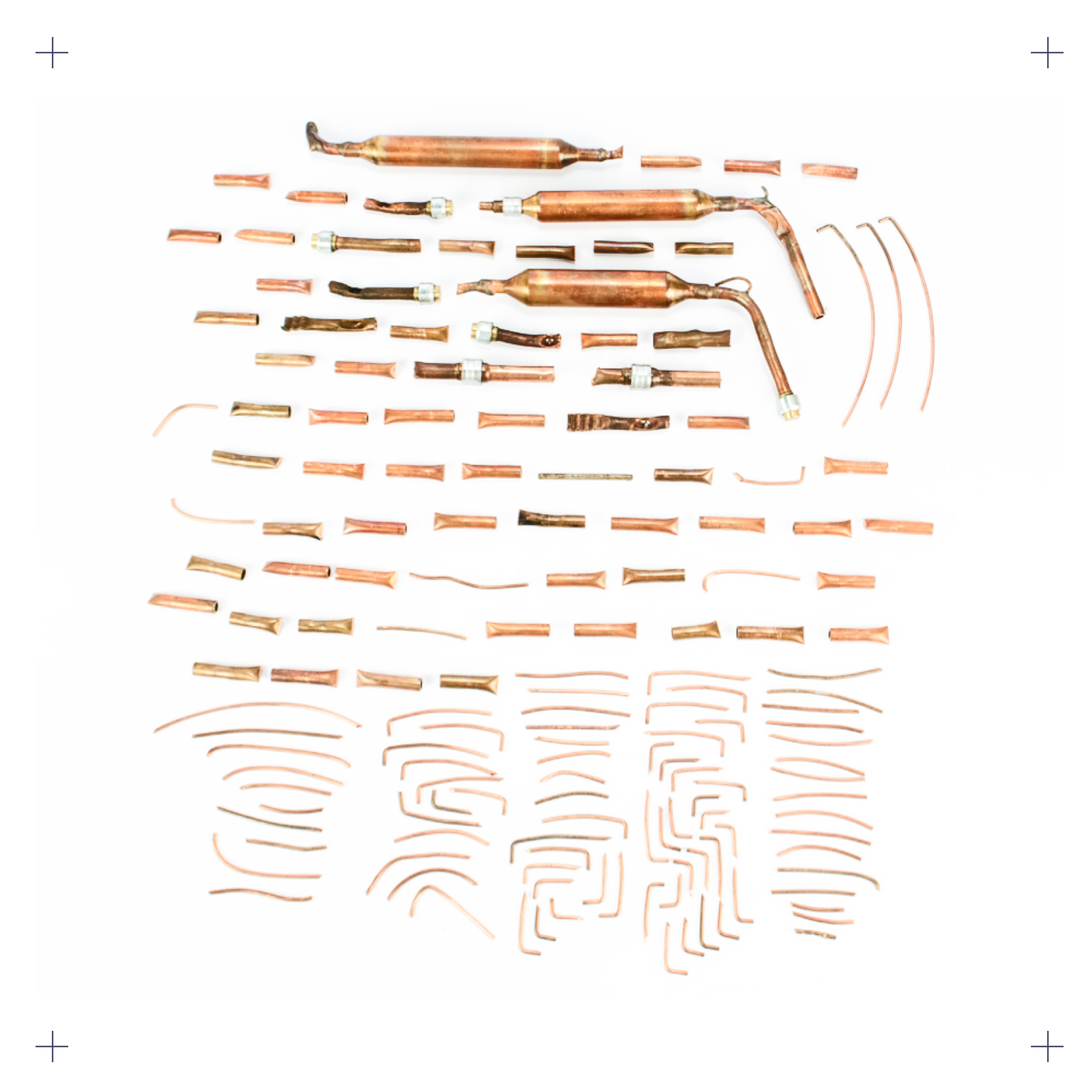
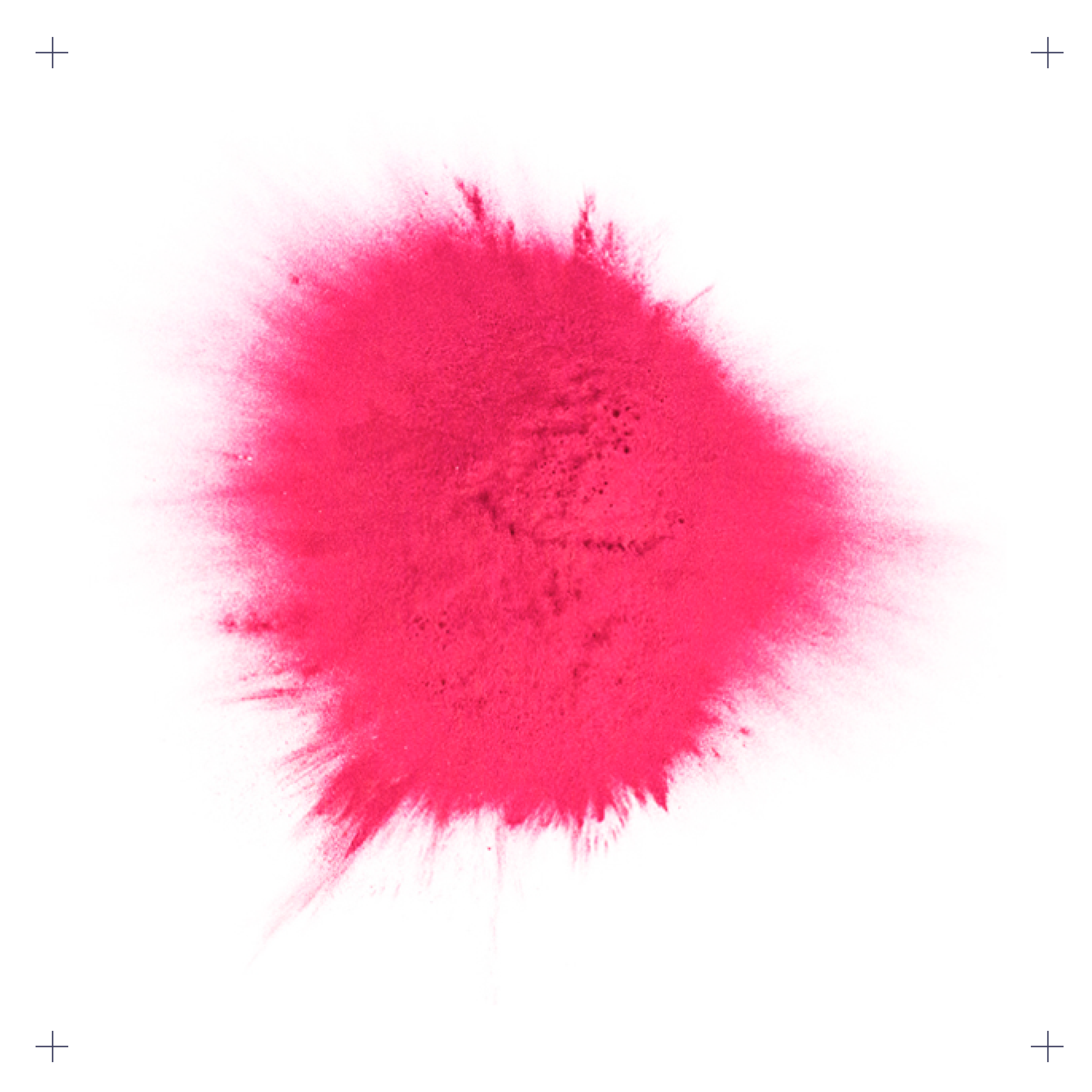

01
02
03
We collated the data and categorized all waste materials according to properties and type in order to create a waste material repository.
Mapping Waste Streams
We mapped out waste streams, collecting and recording data on more than 700+ waste materials generated during manufacturing.02
Documenting Waste Samples
We documented properties, quantities of waste generated per month, the respective manufacturing process and waste stream journeys.03
Building a Waste Repository
We collated the data and categorized all waste materials according to properties and type in order to create a waste material repository.

We explored materials through experimental making, taking a closer look at their natural properties and limitations
04
Materials were chosen according to the quantities generated and the environmental threat caused by sending them to incineration or landfill.
05
Through the process of experimentation, we looked for simple solutions, keeping step-processes and energy consumption to a minimum whilst looking beyond conventional boundaries.
06
We developed step processes & recycling solutions, re-introducing some of these materials back into the manufacturing process and taking into consideration what kind of usage would be most viable and scalable.
Every year 470,400 kg of turning and boring is generated.
Turning & Boring is the output of one of the most basic machining processes used to shape metal objects. This is a step-by-step guide of how to turn metal turning & boring back into solid metal to be reused.










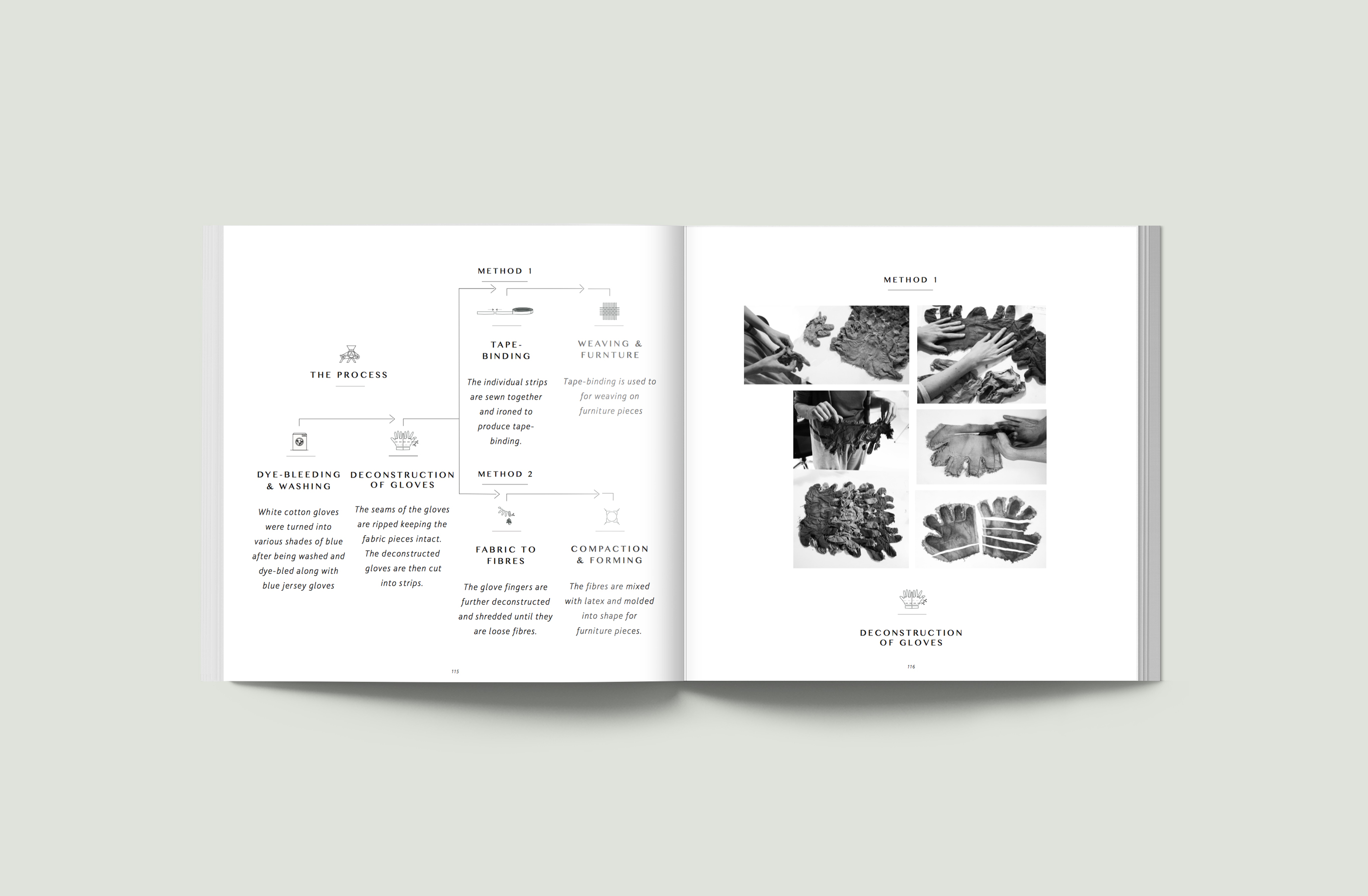
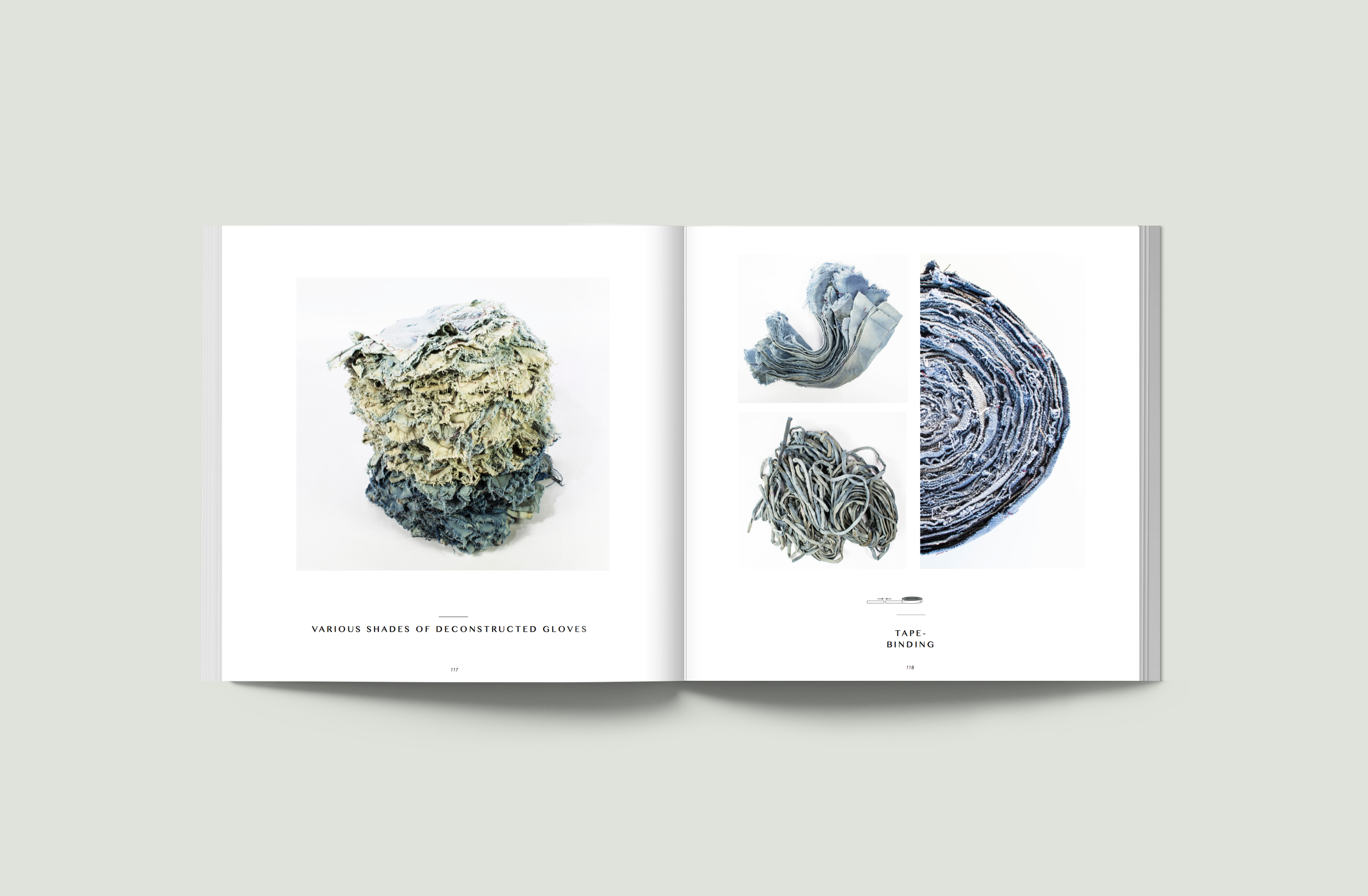
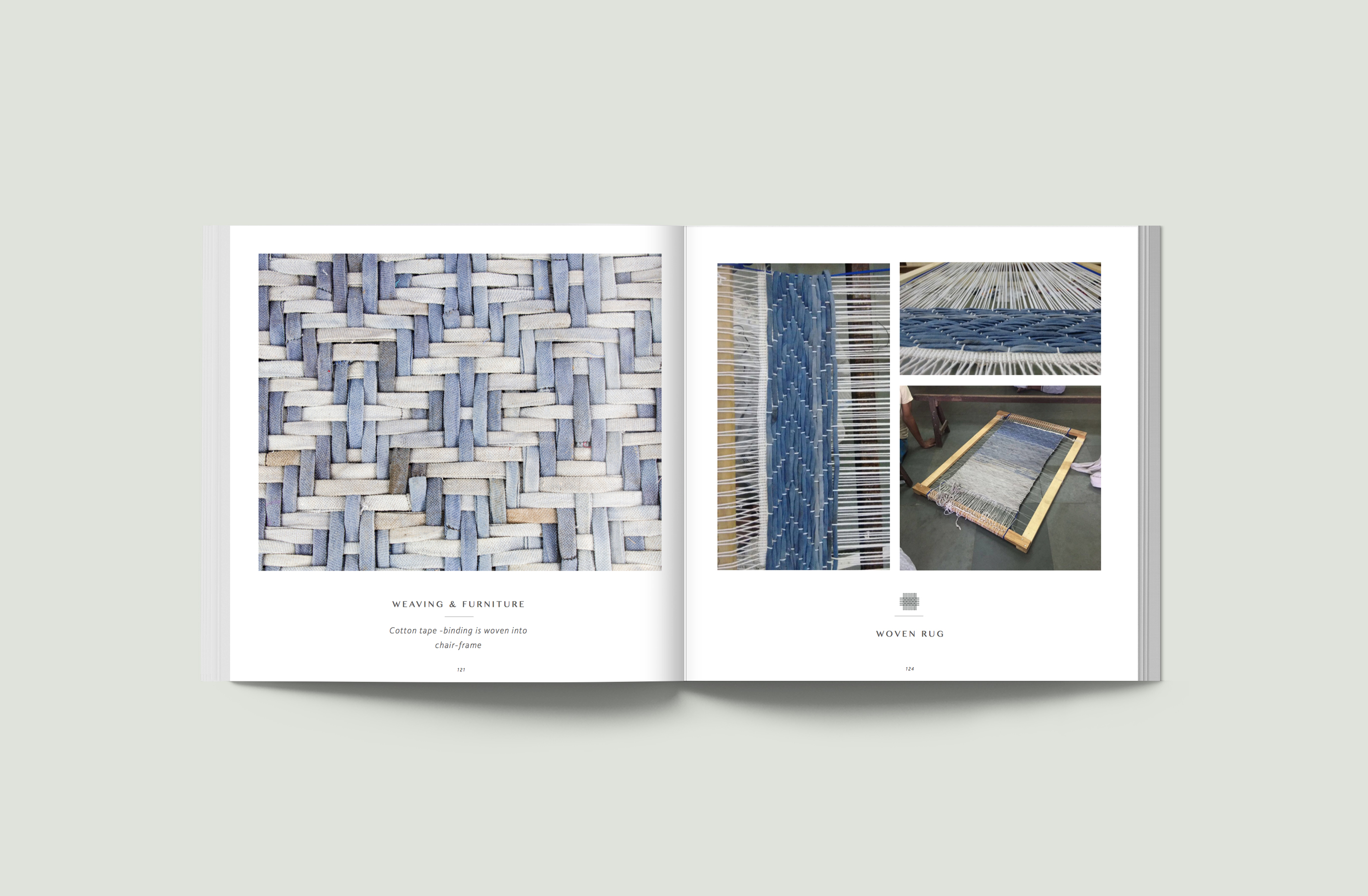
More than 15,000 pairs of gloves are discarded and collected every month from various divisions at Godrej & Boyce.
Oil soaked cotton gloves are generally sent to incineration facilities while non-oil soaked gloves are sent to landfill. Workers gloves were washed, stripped of oil and then dyed with waste dyes and upcycled into garments, rugs and upholstery.
︎

Empowering Young Couples
in Rural Ethiopia
In collaboration with IDEO.org and PSI Ethiopia, this project addressed a critical gap in reproductive health support for married adolescent girls in rural Ethiopia. While motherhood remained a primary aspiration for these young women, they lacked essential information and agency to pursue healthy pregnancies safely.
︎The Challenge...
centered on embedded power dynamics and systemic barriers that limited girls' access to antenatal care, proper nutrition guidance, and continuous reproductive health services.PROJECT FAMILY PLANNING IN RURAL ETHIOPIA
SECTOR PUBLIC HEALTH
ORGANISATION IDEO.ORG PARTNERING WITH PSI ETHIOPIA
ROLE CO-LEADING PROJECT | HUMAN CENTERED DESIGN | SERVICE DESIGN
LOCATION ETHIOPIA & NAIROBI
CONTENT COURTESY IDEO.ORG
PROJECT DURATION 4 MONTHS
KEY METHODOLOGIES & TOOLS
HUMAN CENTERED DESIGN | USER JOURNEY MAPS | ECOSYTEM MAPS | QUALITATIVE INTERVIEWS SYNTHESIS WITH TEAM | EVALUATION MATRIX | DESIGNING OF COMMUNICATION ASSETS
SECTOR PUBLIC HEALTH
ORGANISATION IDEO.ORG PARTNERING WITH PSI ETHIOPIA
ROLE CO-LEADING PROJECT | HUMAN CENTERED DESIGN | SERVICE DESIGN
LOCATION ETHIOPIA & NAIROBI
CONTENT COURTESY IDEO.ORG
PROJECT DURATION 4 MONTHS
KEY METHODOLOGIES & TOOLS
HUMAN CENTERED DESIGN | USER JOURNEY MAPS | ECOSYTEM MAPS | QUALITATIVE INTERVIEWS SYNTHESIS WITH TEAM | EVALUATION MATRIX | DESIGNING OF COMMUNICATION ASSETS
We focused our research on....
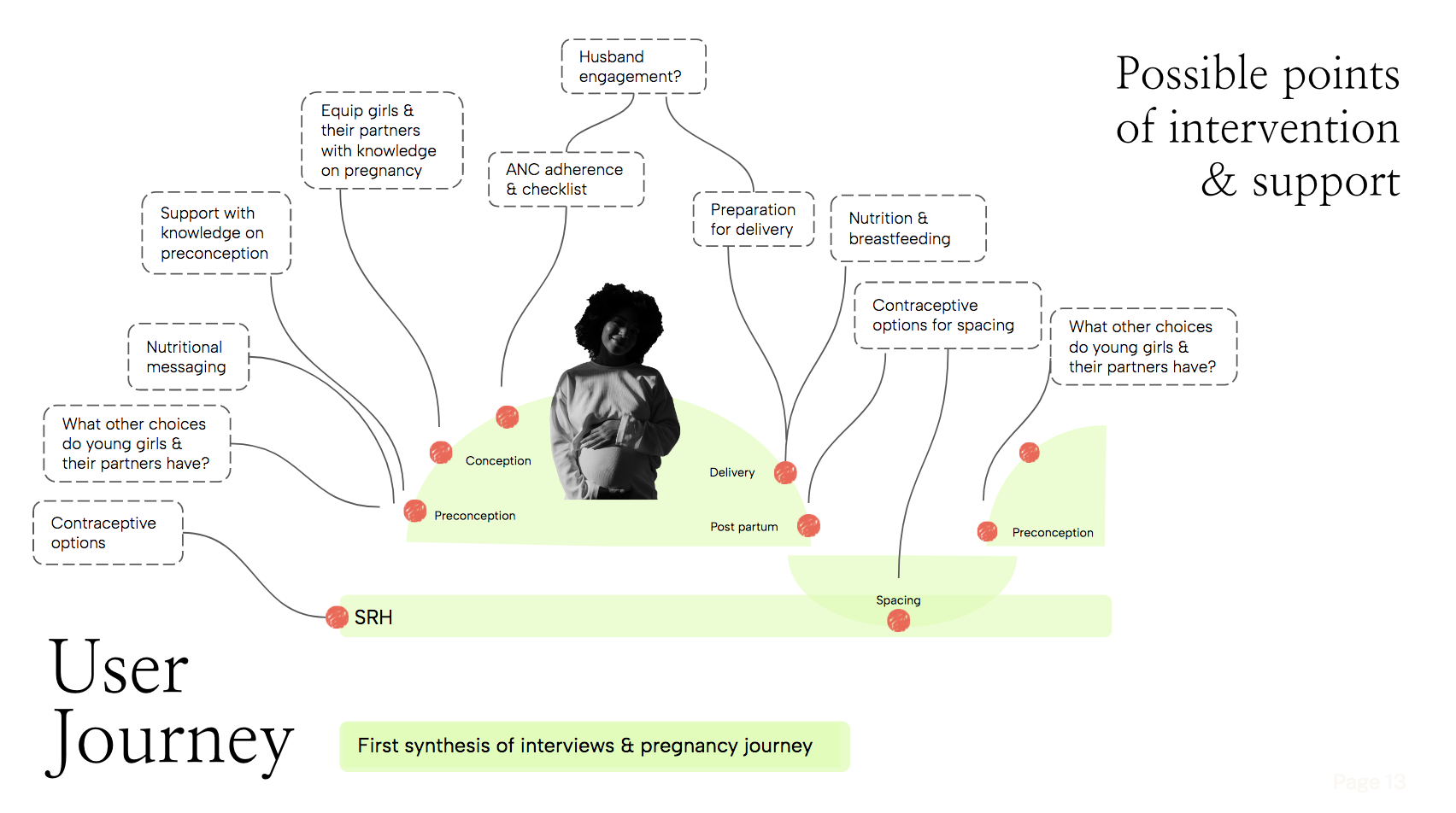
︎01
...understanding the pregnancy journey and where intervention or support might be needed
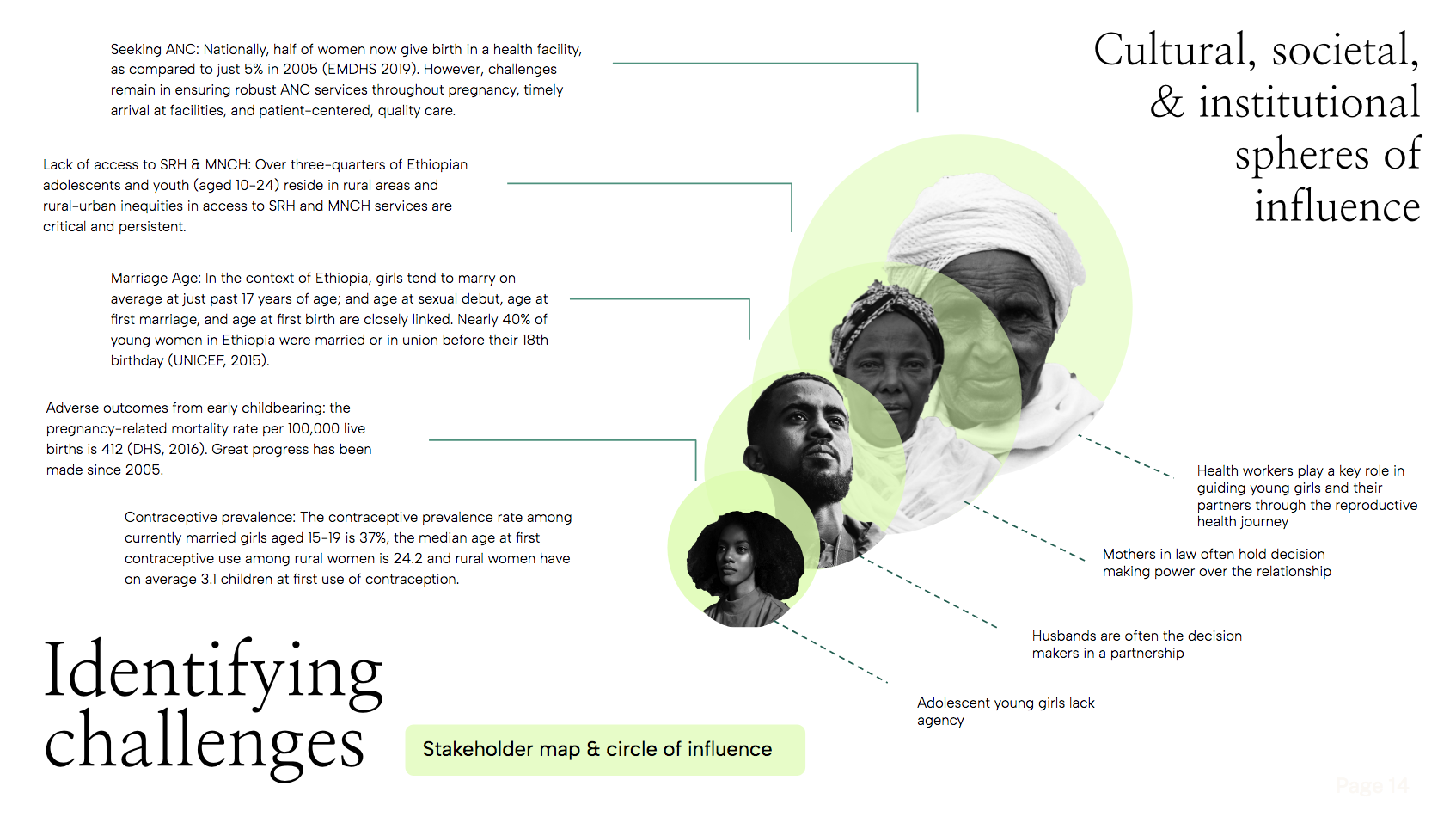
︎02
..identifying challenges pertaining to cultural, societal or institutional spheres of influence

︎03
...concluding key parameters and constraints for young couples

︎Our research revealed that...
...traditional customs and social structures often excluded young women from decision-making about their own pregnancies.

︎We designed interventions that...
focused on shifting mindsets, building agency, and addressing power imbalances that created barriers to care.
 ︎We interviewed
︎We interviewed100 users & stakeholders
HusbandsMothers
Mothers In-law
Health Workers
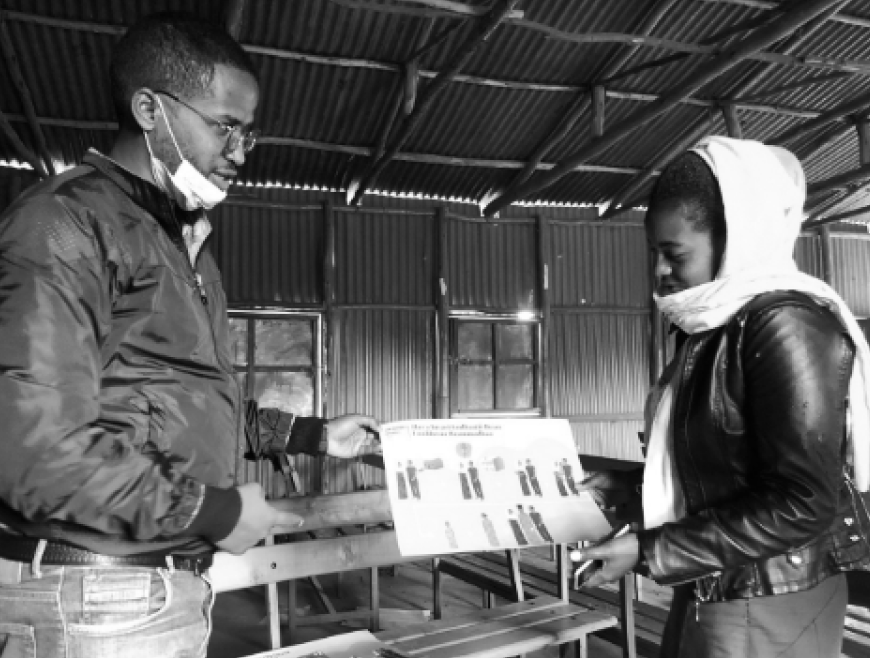
︎In two rural locations
Becho Woreda
& Geze Gofa
in Western Ethiopia

We synthesized our learnings, tweaked, iterated and redesigned our prototypes
according to the feedback we had gotten. Our final tools aimed to transform
the conversation around reproductive health from individual burden to shared
responsibility, empowering young women while engaging their support networks
in ensuring safer pregnancies and continued family planning access.
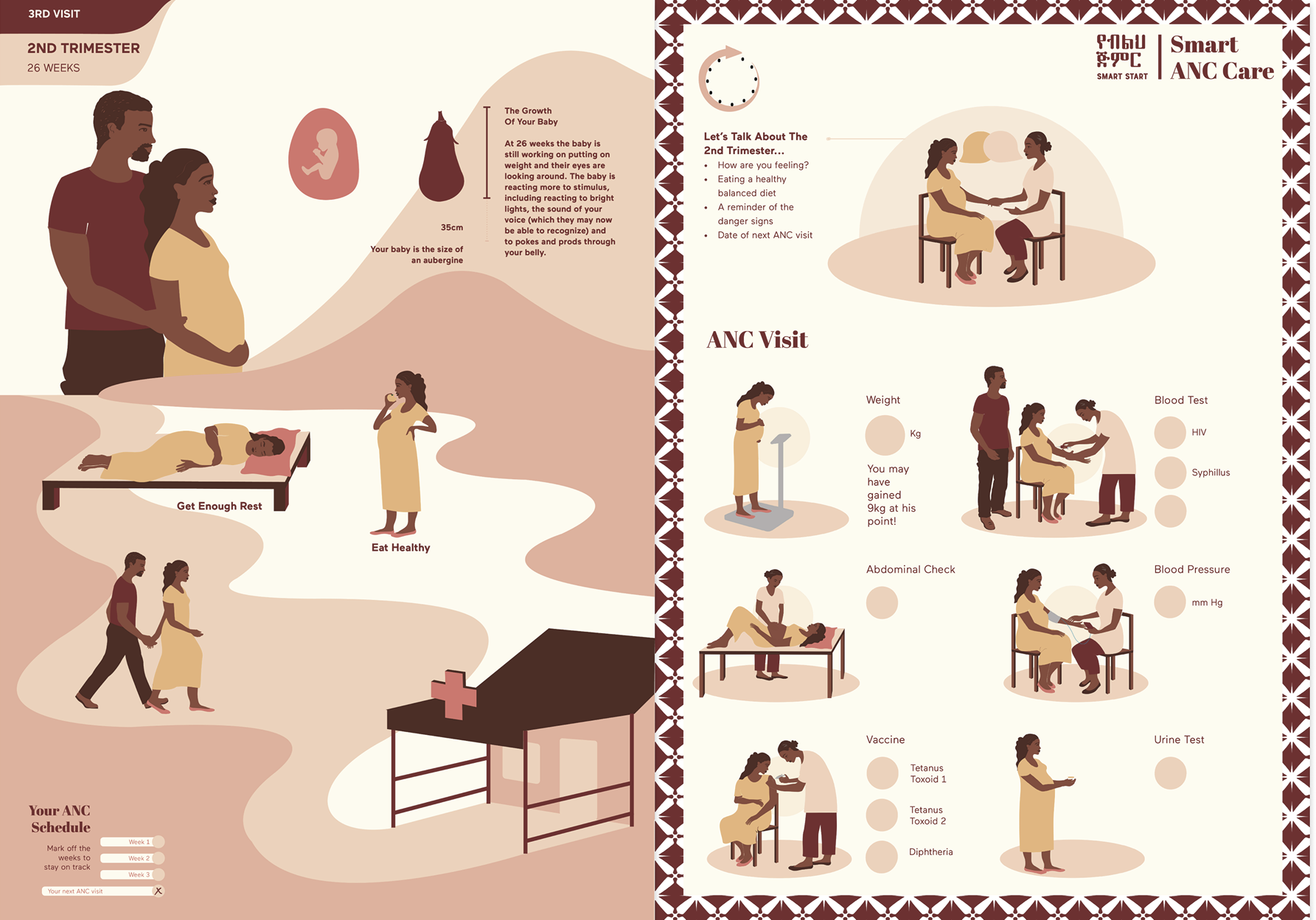
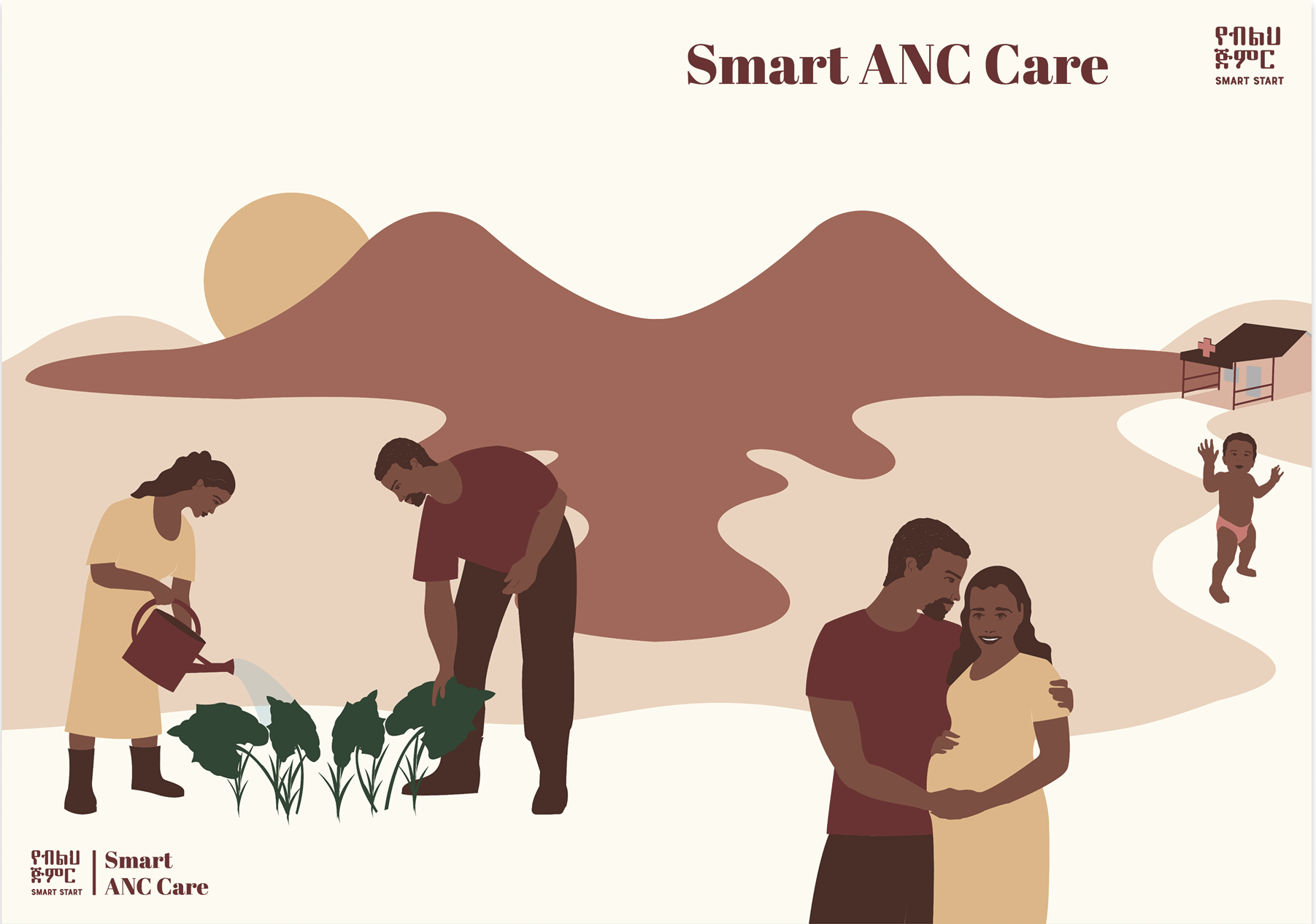
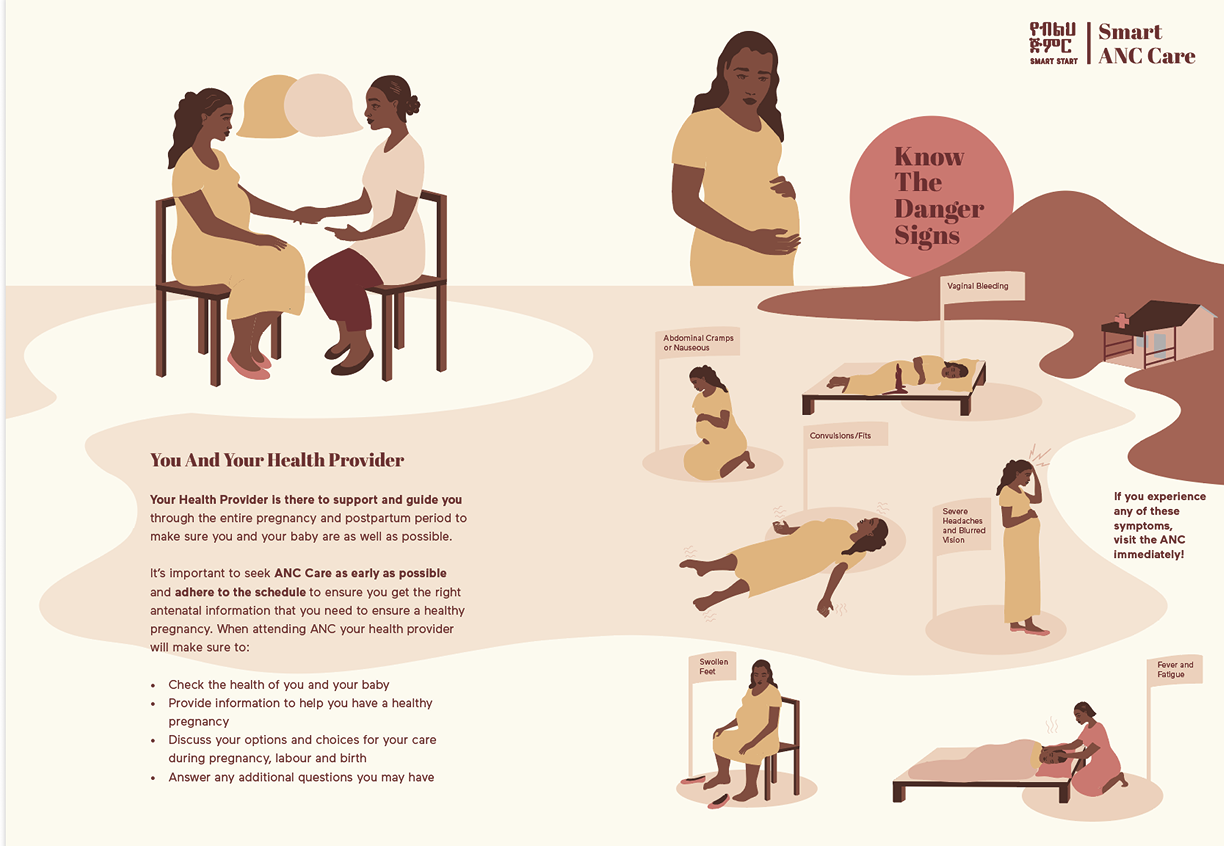
︎01
Smart ANC Tracker
This leaflet guides young couples through the complete pregnancy journey, providing developmental information, danger sign recognition, and ANC checklists to encourage joint decision-making and care adherence.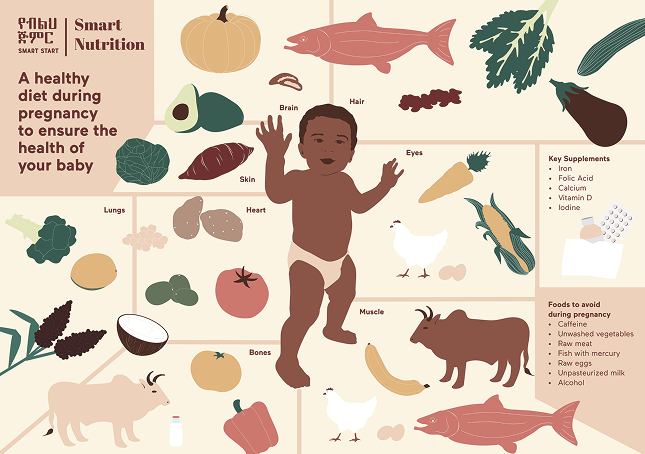
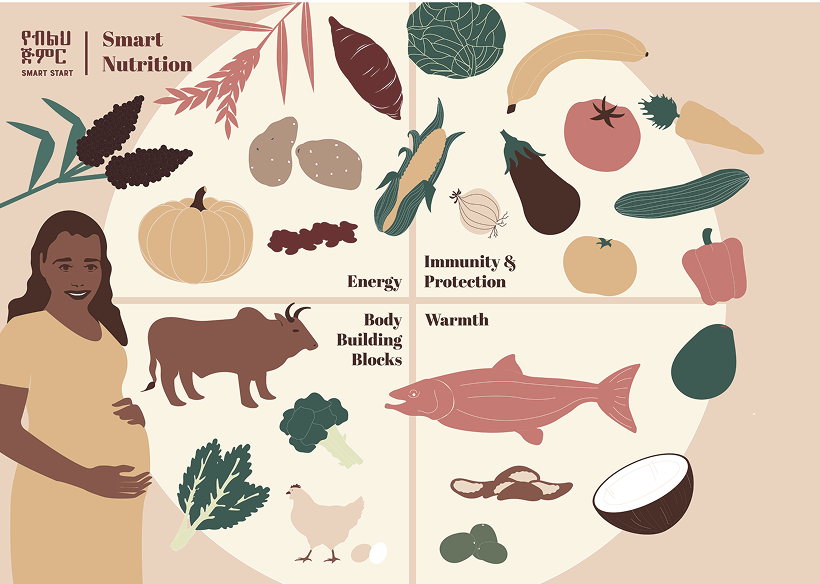
︎02
Smart Nutrition
The guide delivers clear, accessible guidance on essential nutrition and supplements for healthy pregnancy illustrated in a culturally relevant way.︎

Connecting Changemakers
on Gender Mainstreaming
The Chroma Collective is a community of gender practitioners, doers, experts and problem solvers from a variety of leading donor and financing institutions from around the world.The Collective works to effectively integrate gender within and across international developmen systems addressing gaps, norms, beliefs and values that can lead to gender inequality.
The Chroma Collective is a community of gender practitioners, doers, experts and problem solvers from a variety of leading donor and financing institutions from around the world.The Collective works to effectively integrate gender within and across international developmen systems addressing gaps, norms, beliefs and values that can lead to gender inequality.
PROJECT GENDER MAINSTREAMING
ORGANISATION IDEO.ORG
ROLE DESIGN RESEARCH | VISUAL DESIGN
LOCATION NAIROBI
CONTENT COURTESY IDEO.ORG
PROJECT DURATION 1 MONTH
KEY METHODOLOGIES & TOOLS
RAPID PROTOTYPING | BRAINSTORMING & SYNTHESIS | BUILDING WIREFRAMES
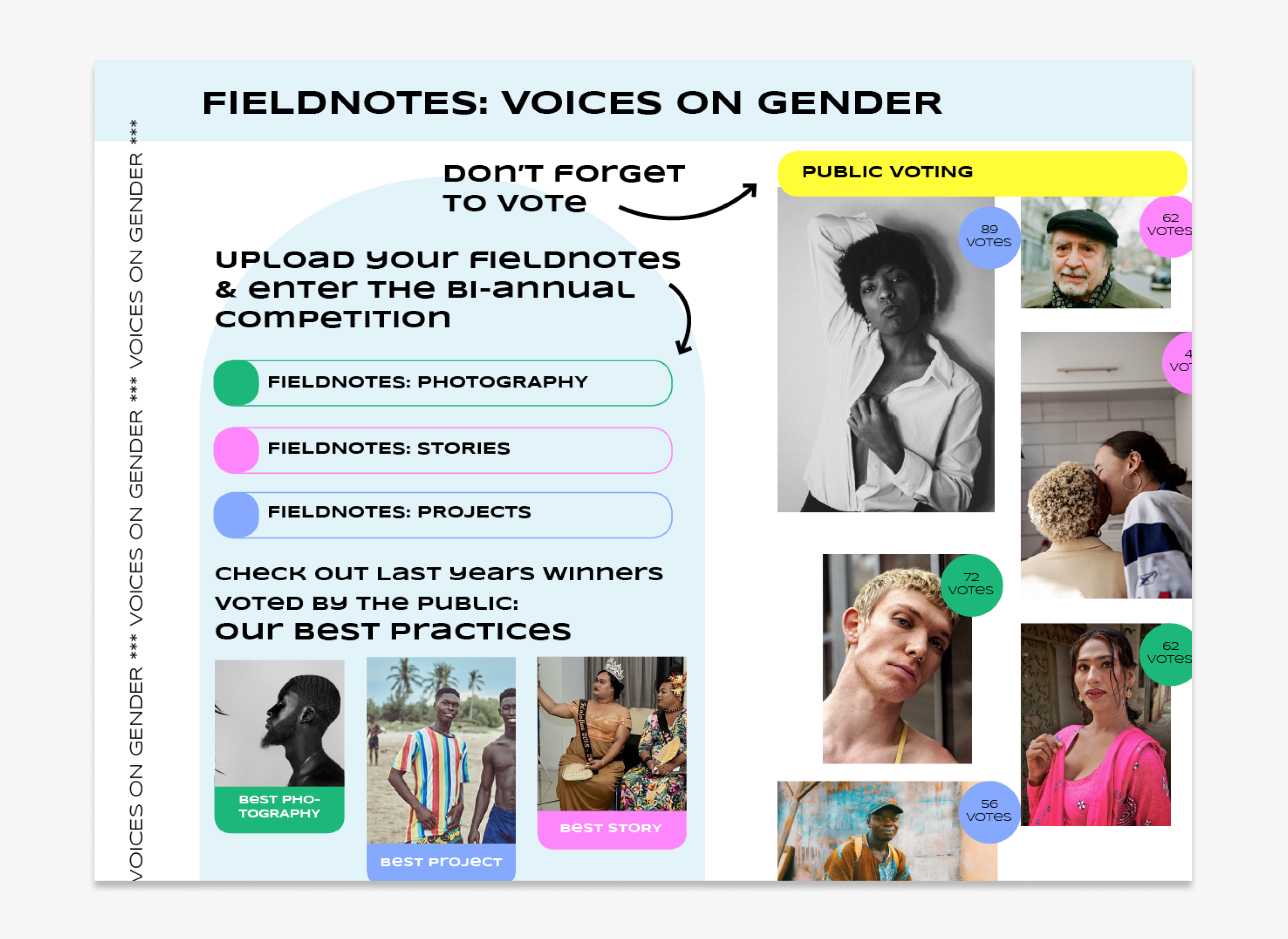
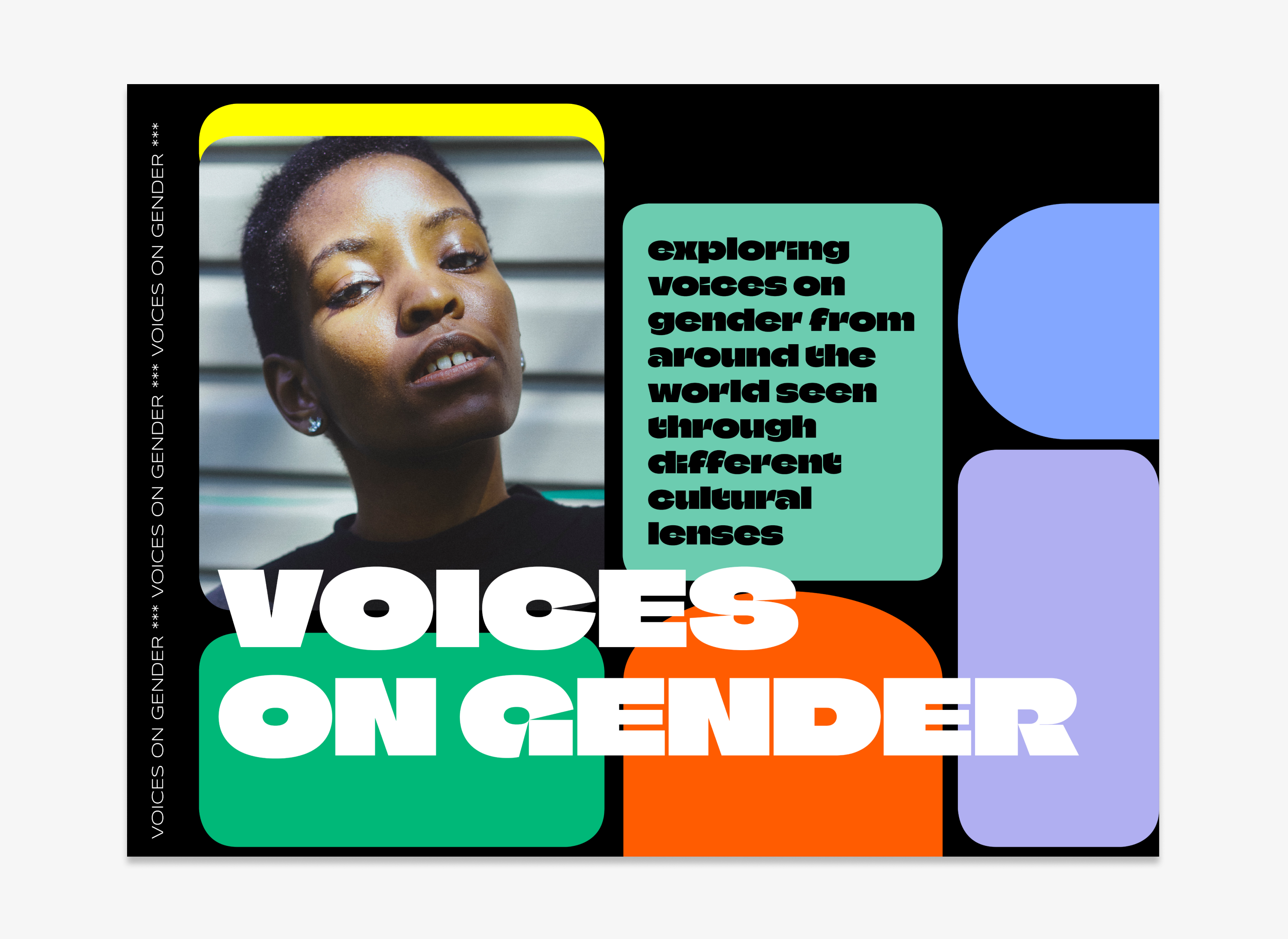
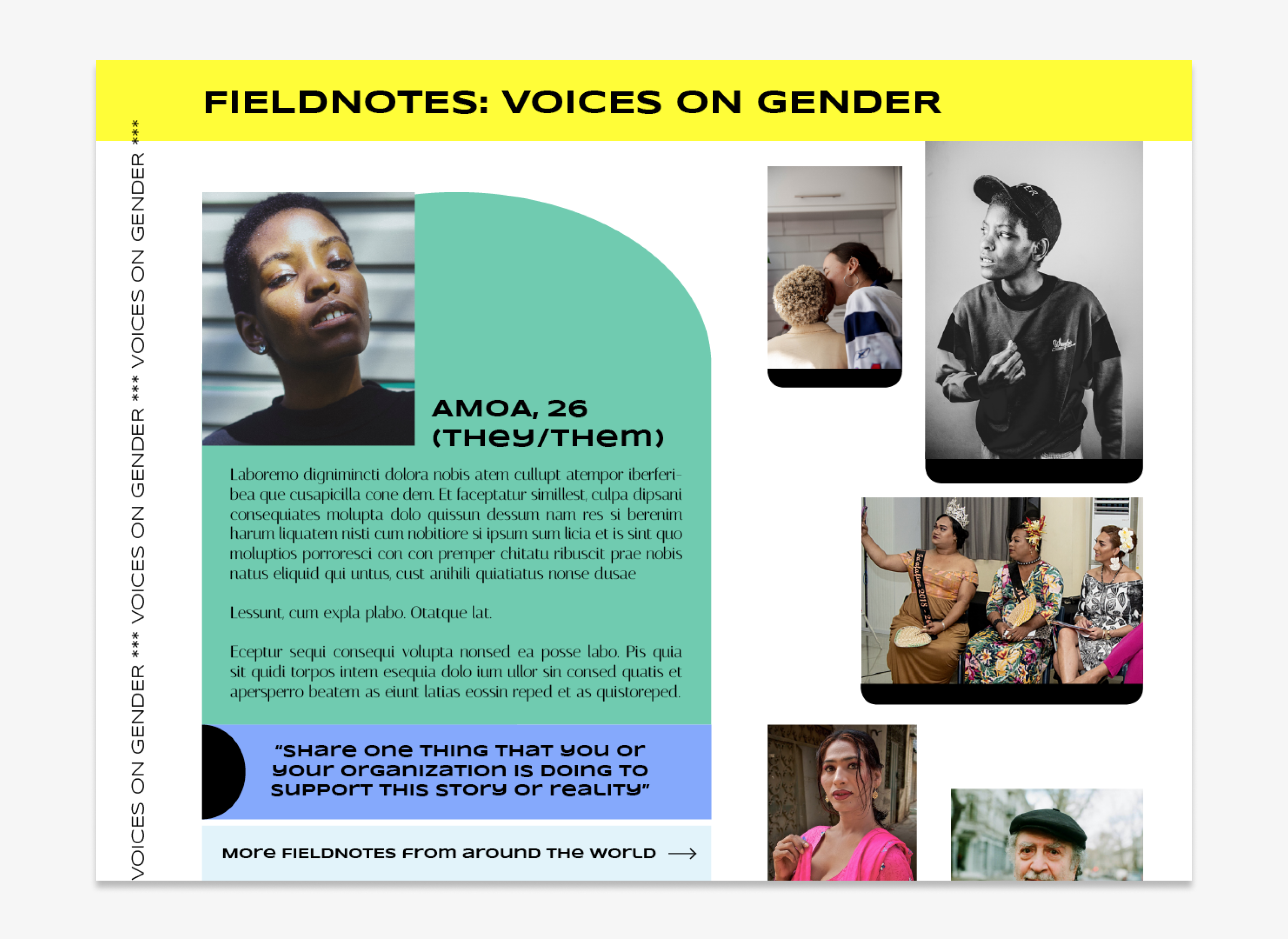


︎The Challenge...
︎Our Objective...
...during this design sprint was focused on how we can better connect members of thiscommunity to share and disseminate knowledge and learnings on the topic.
︎01
Workshopping ideas
We workshopped a variety of different concepts. Field notes explored how different voices on gender from around the world could be showcased on a platform in the form of stories, photography, or answered prompts. The objective was for organisations and companies working in different regions to gain a more nuanced perspective and understanding on current gender topics.Our final prototype was GM On-The-Go, an online resource platform where Chroma Members can easily connect and share gender mainstreaming related content.
The platform would feature an array of human stories from around the globe, bite-sized learning infos, best practises, resources, impact tracking and a culture of care.


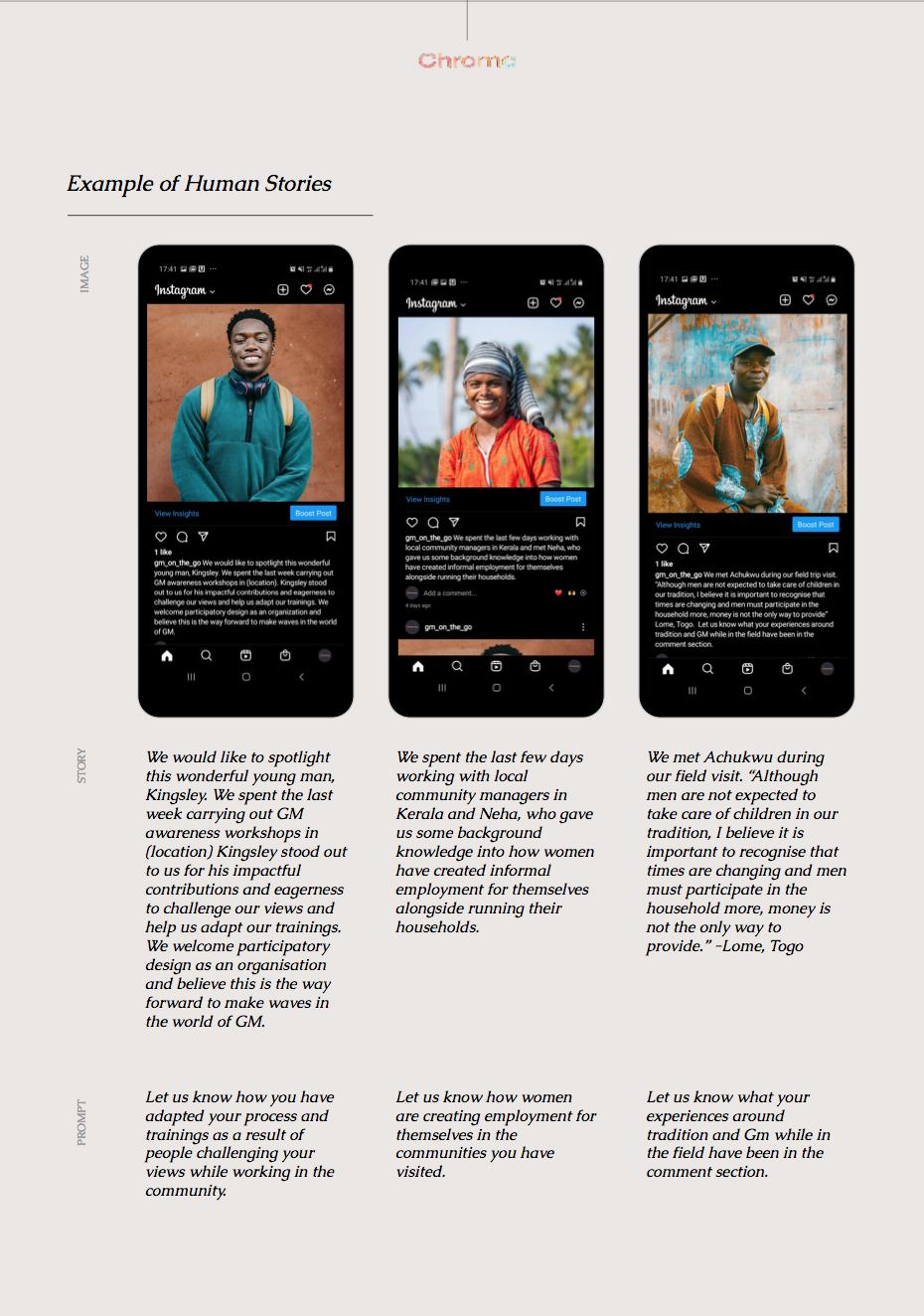





︎
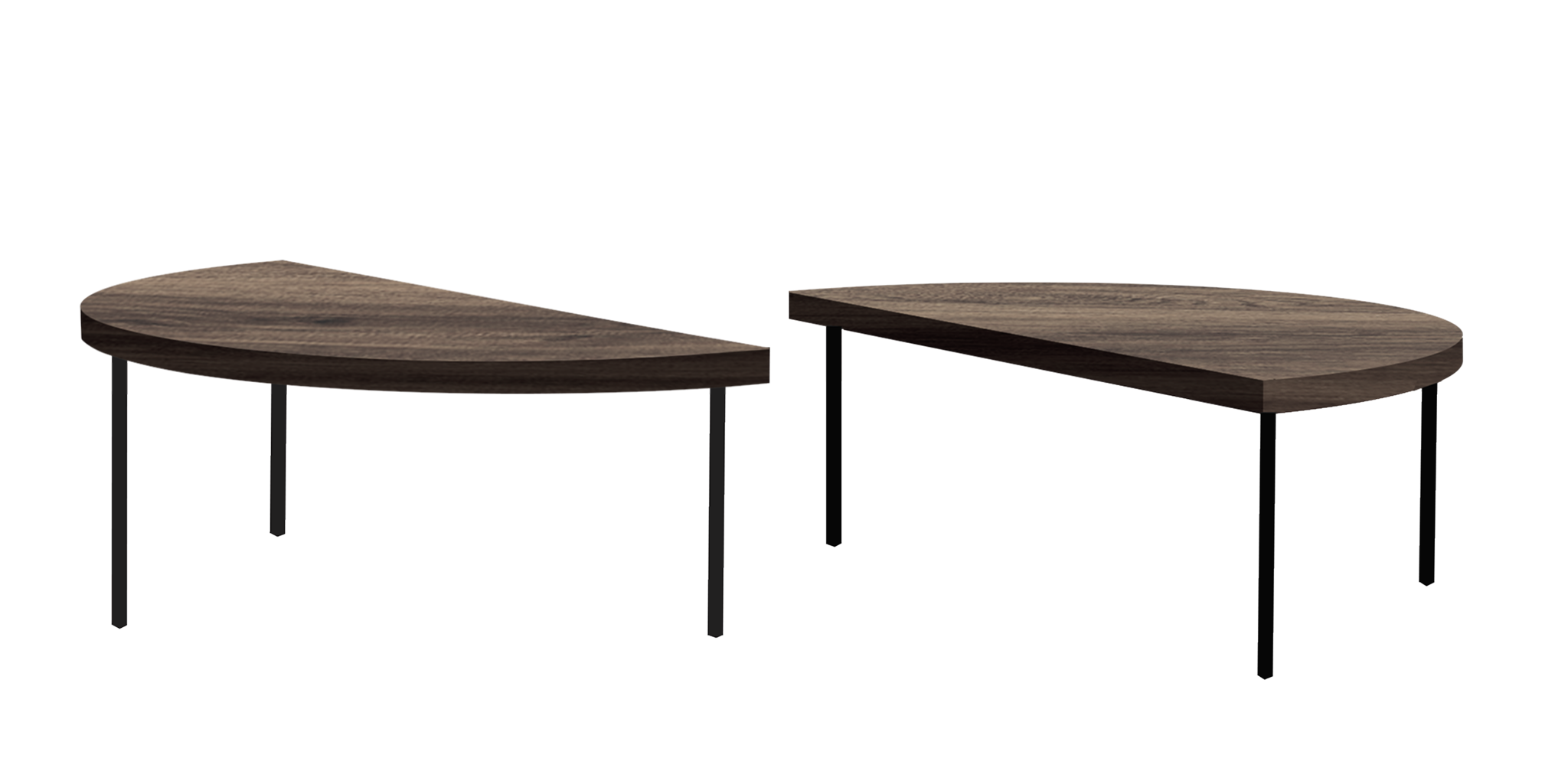
Scaling Artisan
Production at LYNK
At LYNK, a social enterprise connecting informal sector workers to employment opportunities, the challenge was transforming highly customized furniture pieces into scalable products without losing artisanal value.
PROJECT SCALING ARTISAN PRODUCTION
SECTOR SOCIAL ENTREPRENEURSHIP
ORGANISATION LYNK
ROLE DESIGN LEAD | STRATEGY | PRODUCT DEVELOPMENT | VISUAL DESIGN UX/UI
DURATION 1 YEAR, 2 MONTHS
KEY METHODOLOGIES & TOOLS
DESIGN STRATEGY | USER INTERVIEWS | PRODUCT DESIGN & DEVELOPMENT
SECTOR SOCIAL ENTREPRENEURSHIP
ORGANISATION LYNK
ROLE DESIGN LEAD | STRATEGY | PRODUCT DEVELOPMENT | VISUAL DESIGN UX/UI
DURATION 1 YEAR, 2 MONTHS
KEY METHODOLOGIES & TOOLS
DESIGN STRATEGY | USER INTERVIEWS | PRODUCT DESIGN & DEVELOPMENT
The existing model of bespoke furniture showcased craftsman skill but created
bottlenecks in production, transportation, and inventory management. The solution required balancing
standardization with customization—maintaining personalization while enabling efficient production.
bottlenecks in production, transportation, and inventory management. The solution required balancing
standardization with customization—maintaining personalization while enabling efficient production.

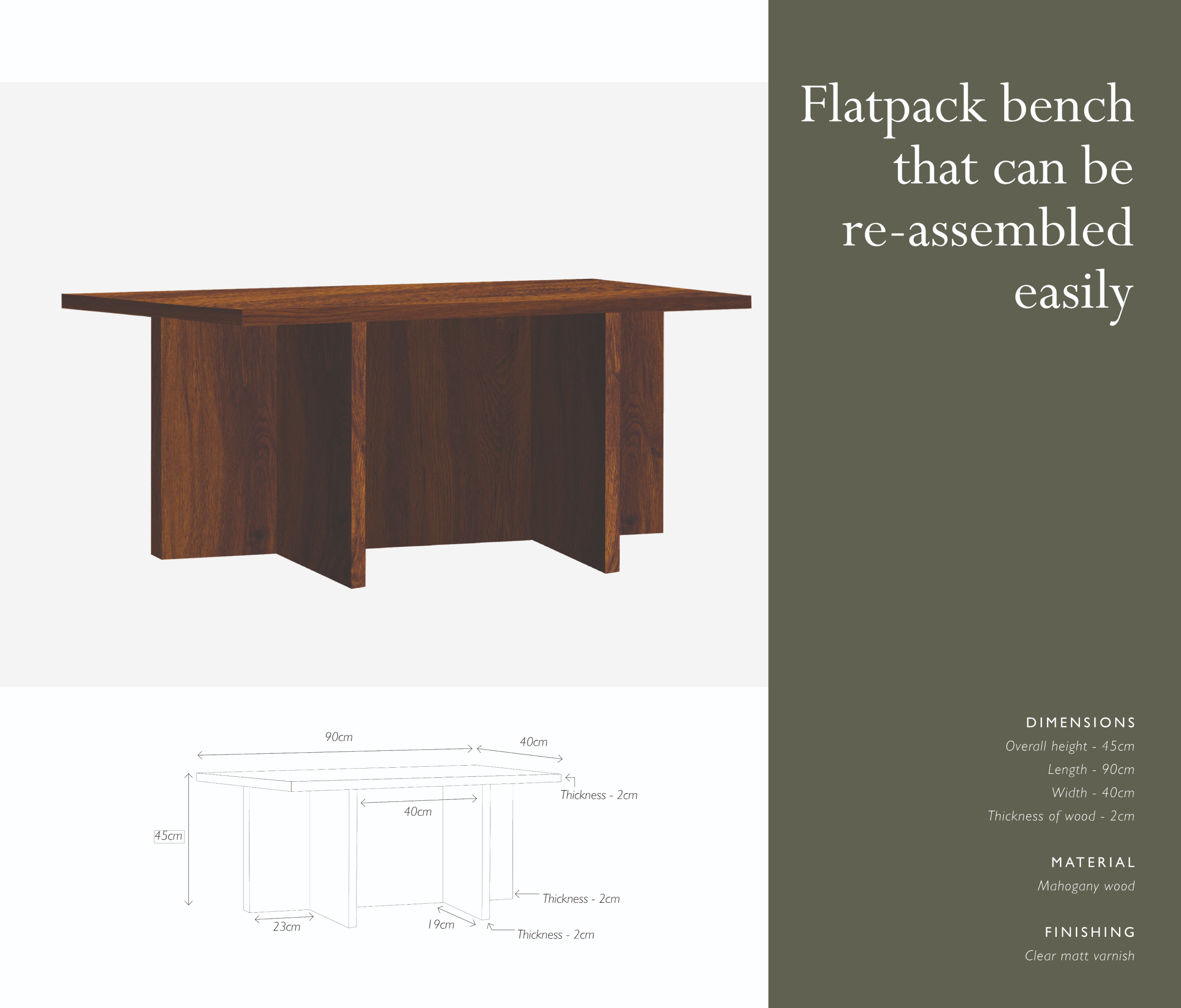




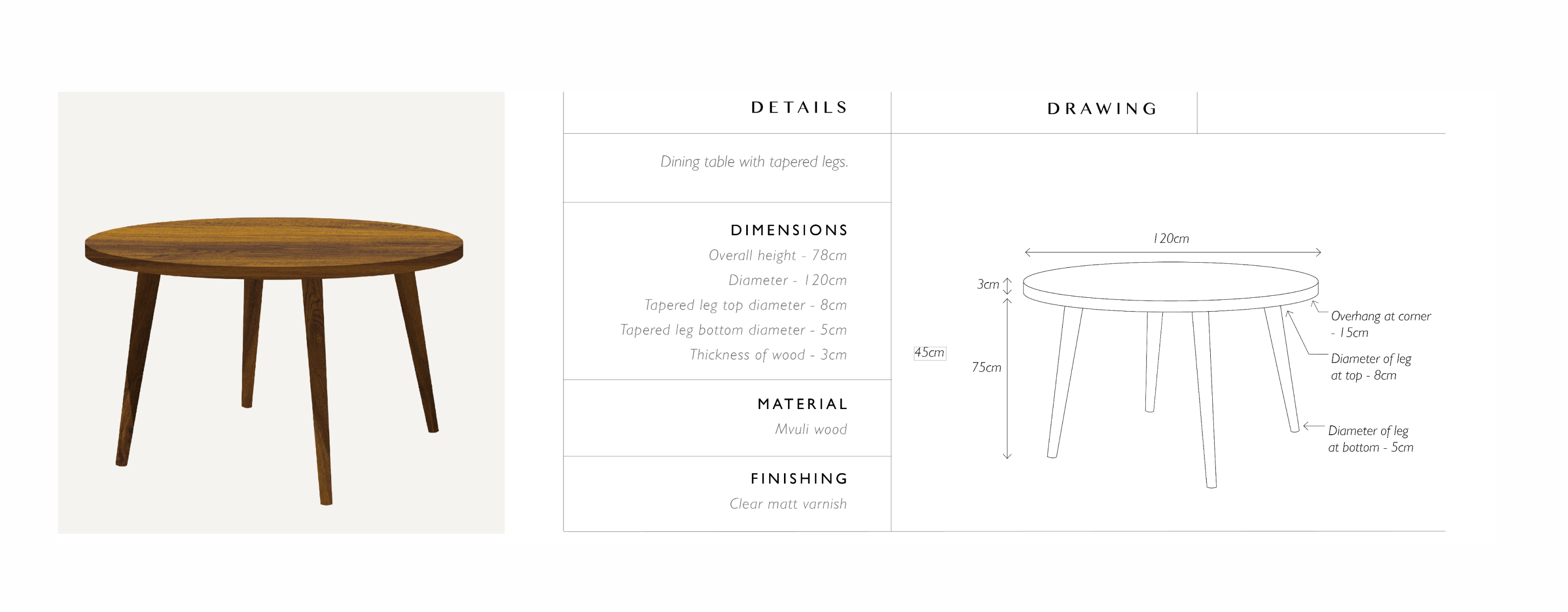
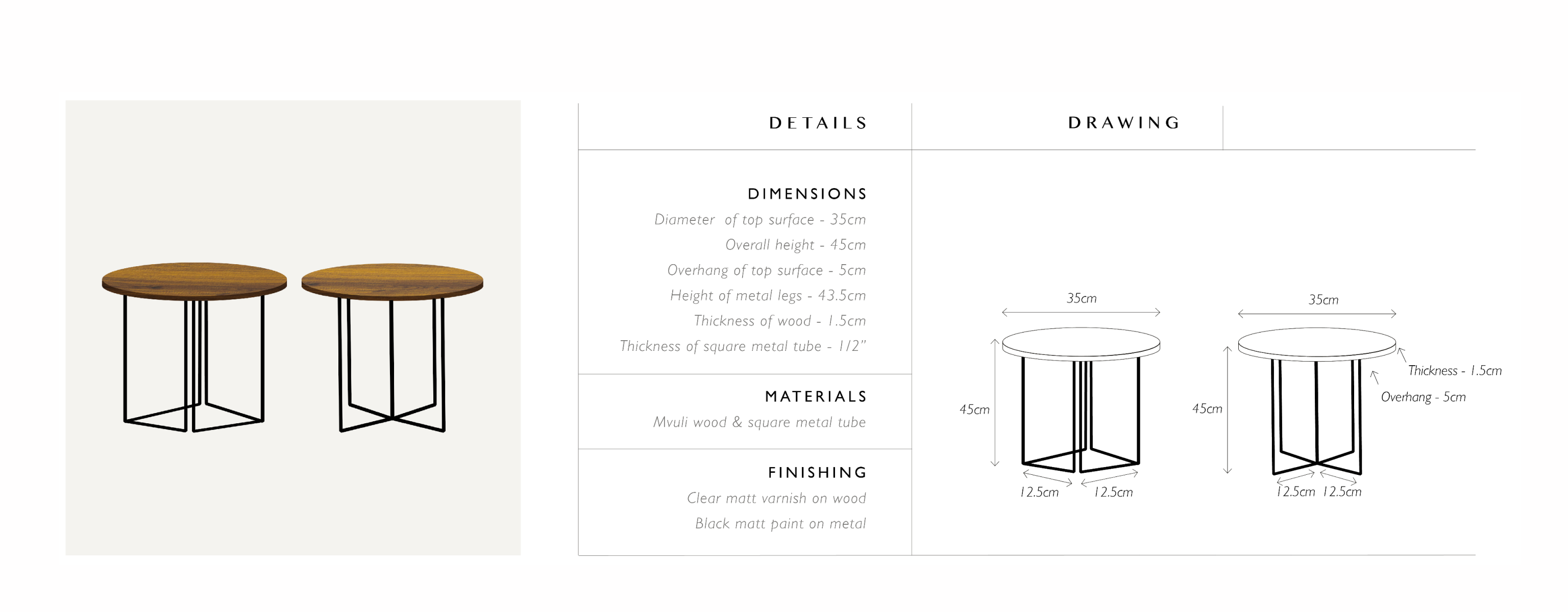
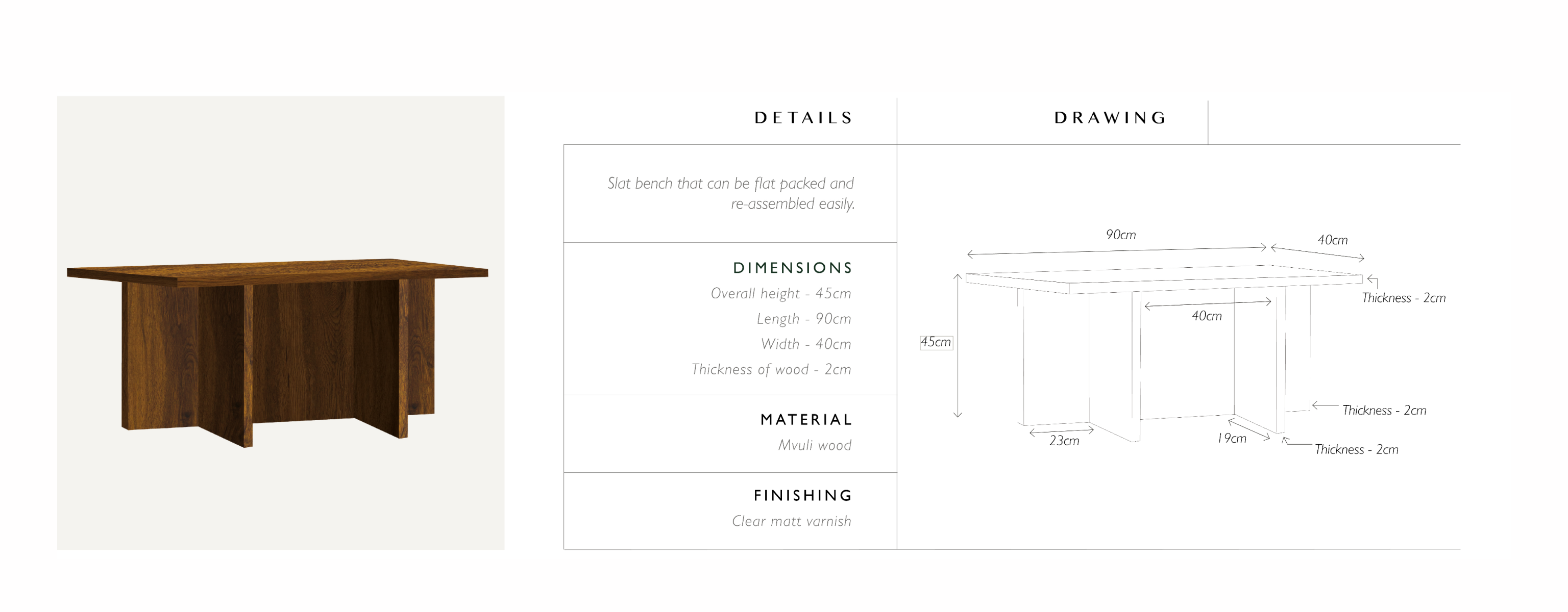



︎Evaluating skillsets
Through systematic evaluation of carpenter skillsets and customer demand patterns, distinct "furniture families" emerged that leveraged specific craftsman competencies. Collaborative design sessions with carpenters produced modular furniture systems that assembled through simple slotting mechanisms and flat-packed for efficient transport
︎Streamlining customer journeys
Customers retained customization through mix-and-match components while production became predictable and scalable. Implementation included integrating furniture galleries into carpenter profiles, streamlining the customer journey and ultimately increasing sales through standardized yet customizable offerings that preserved the platform's artisanal identity.


︎